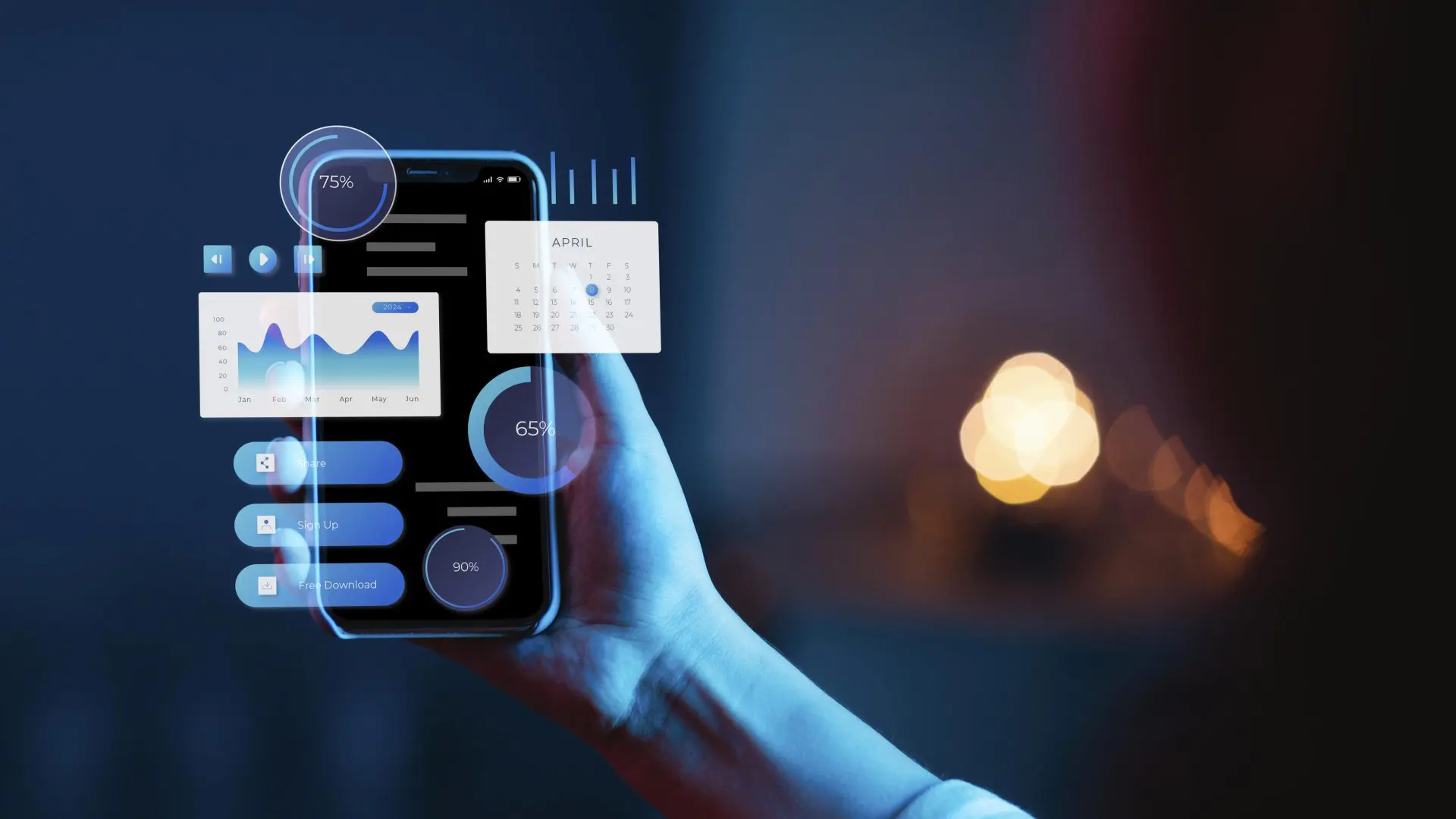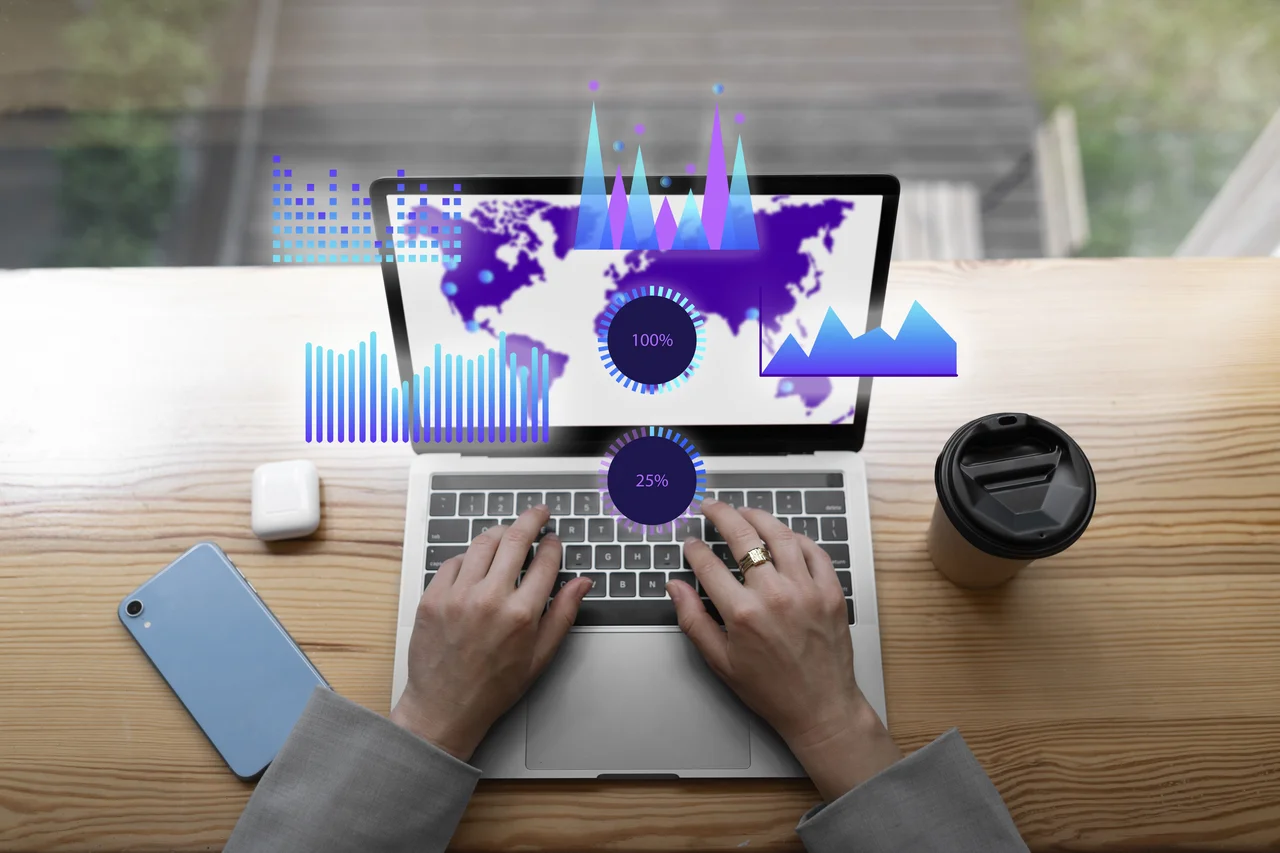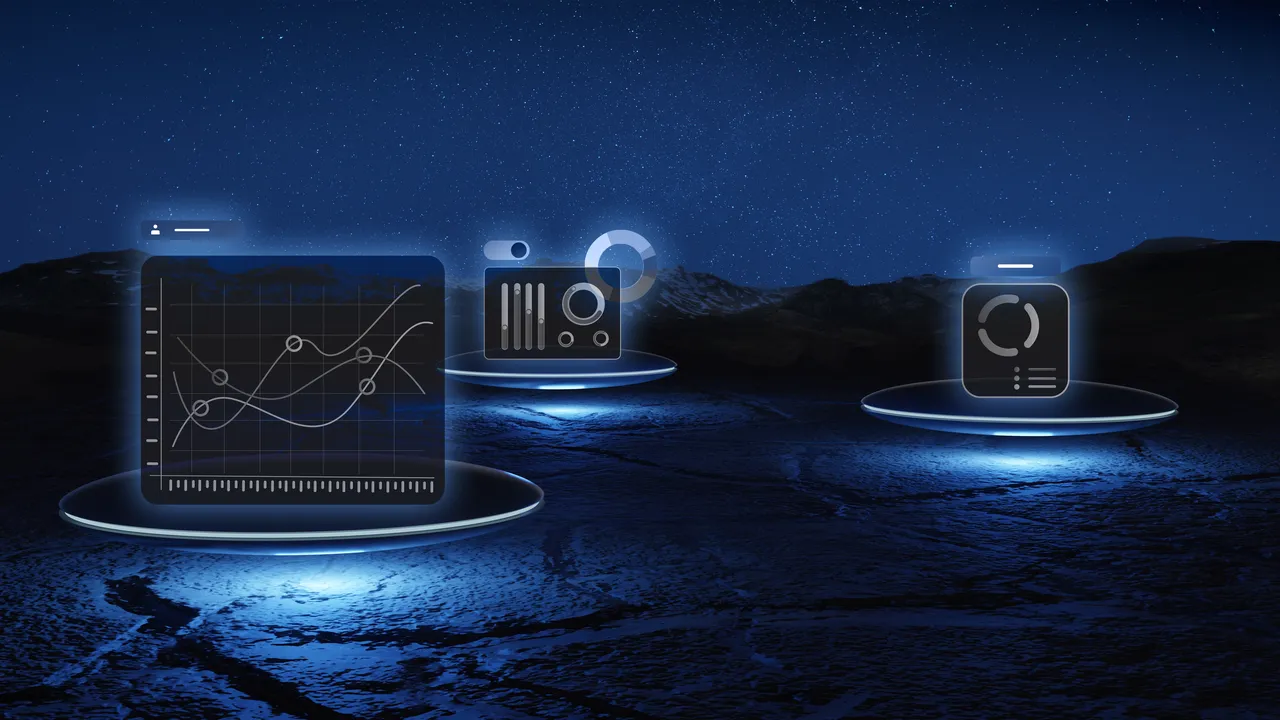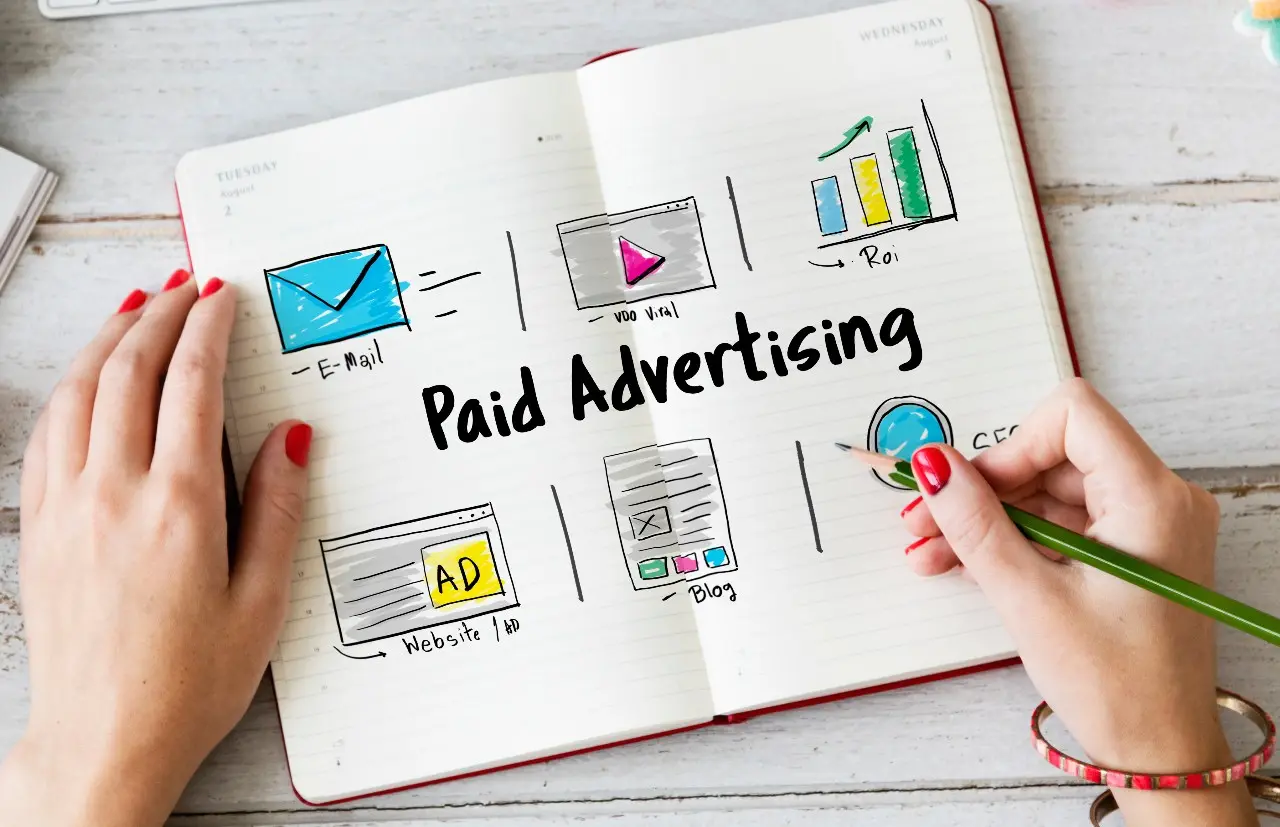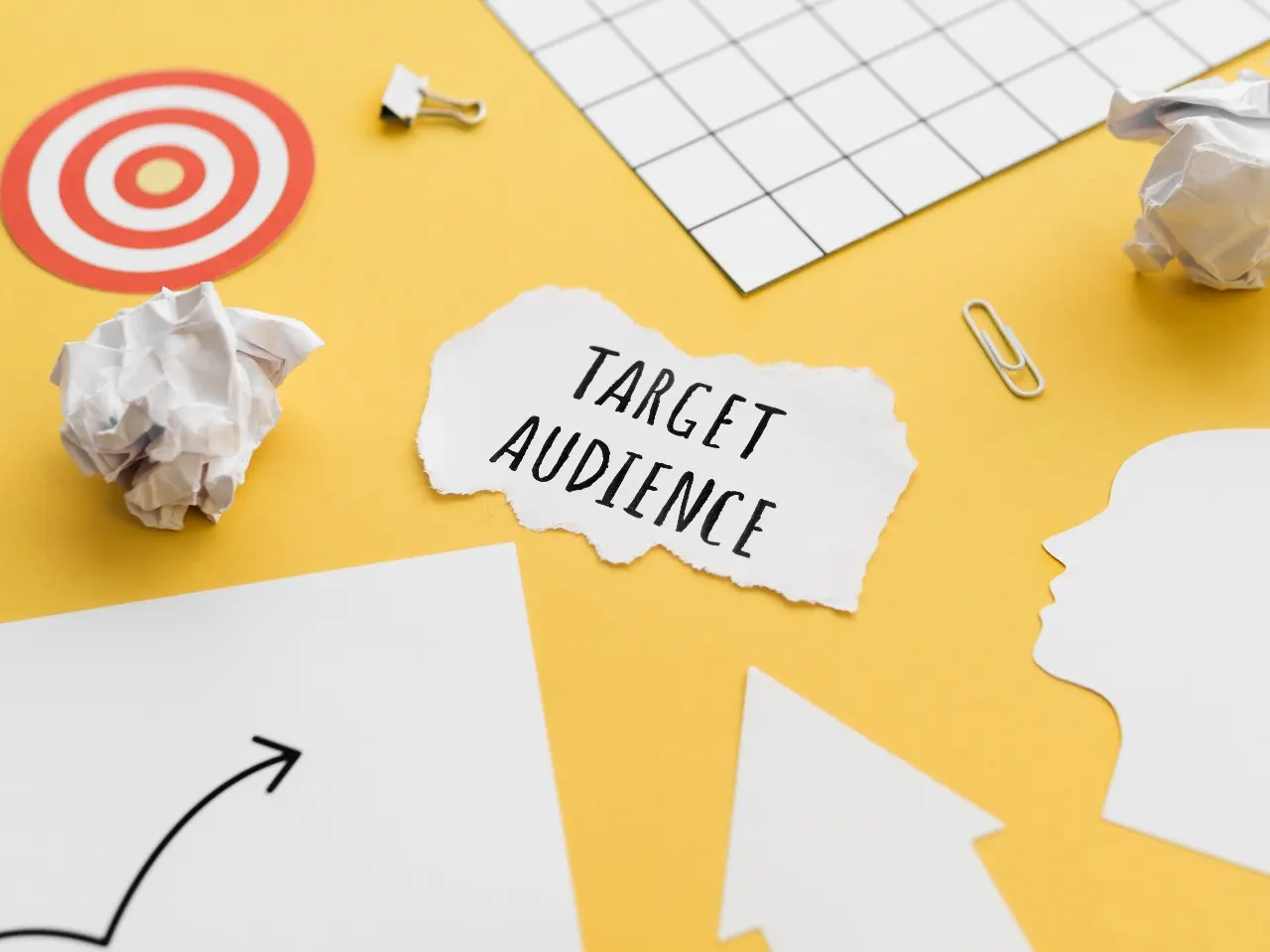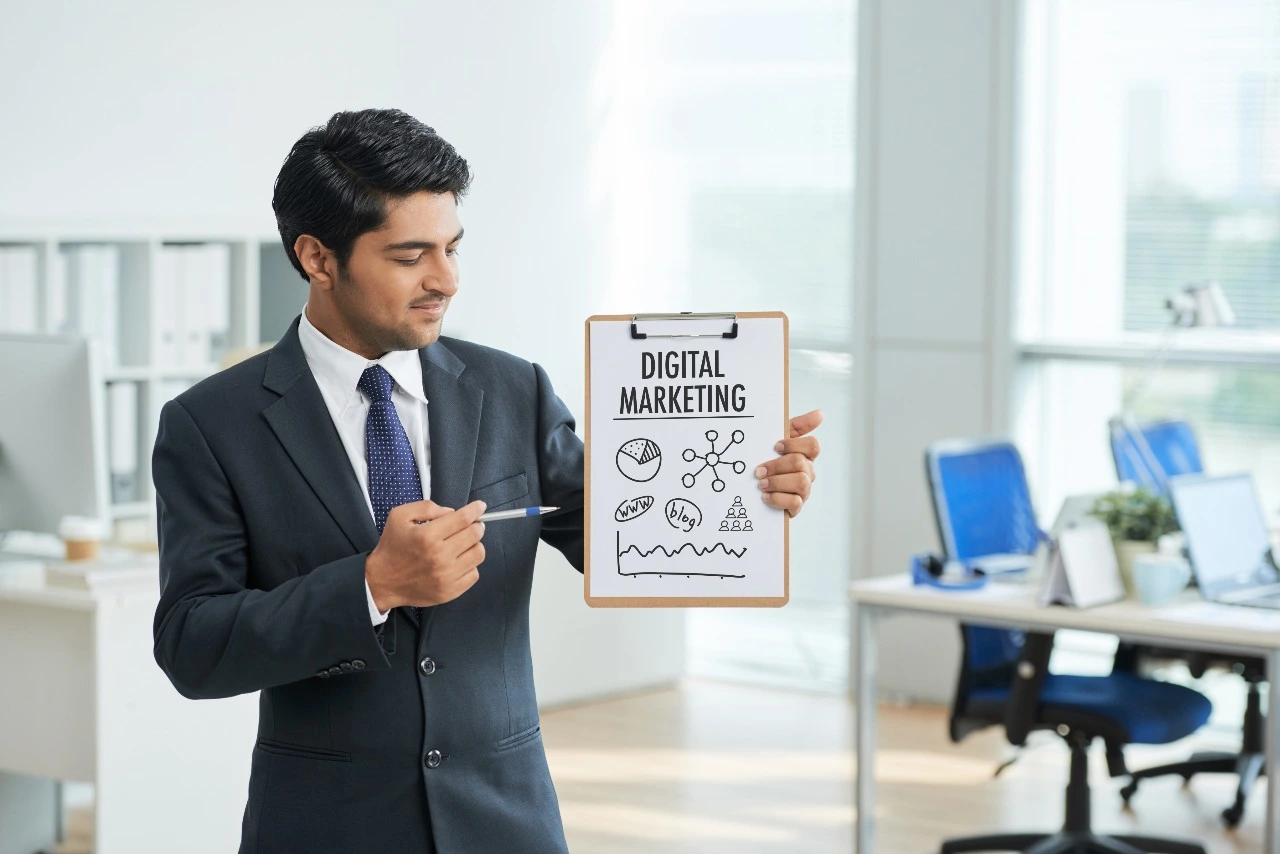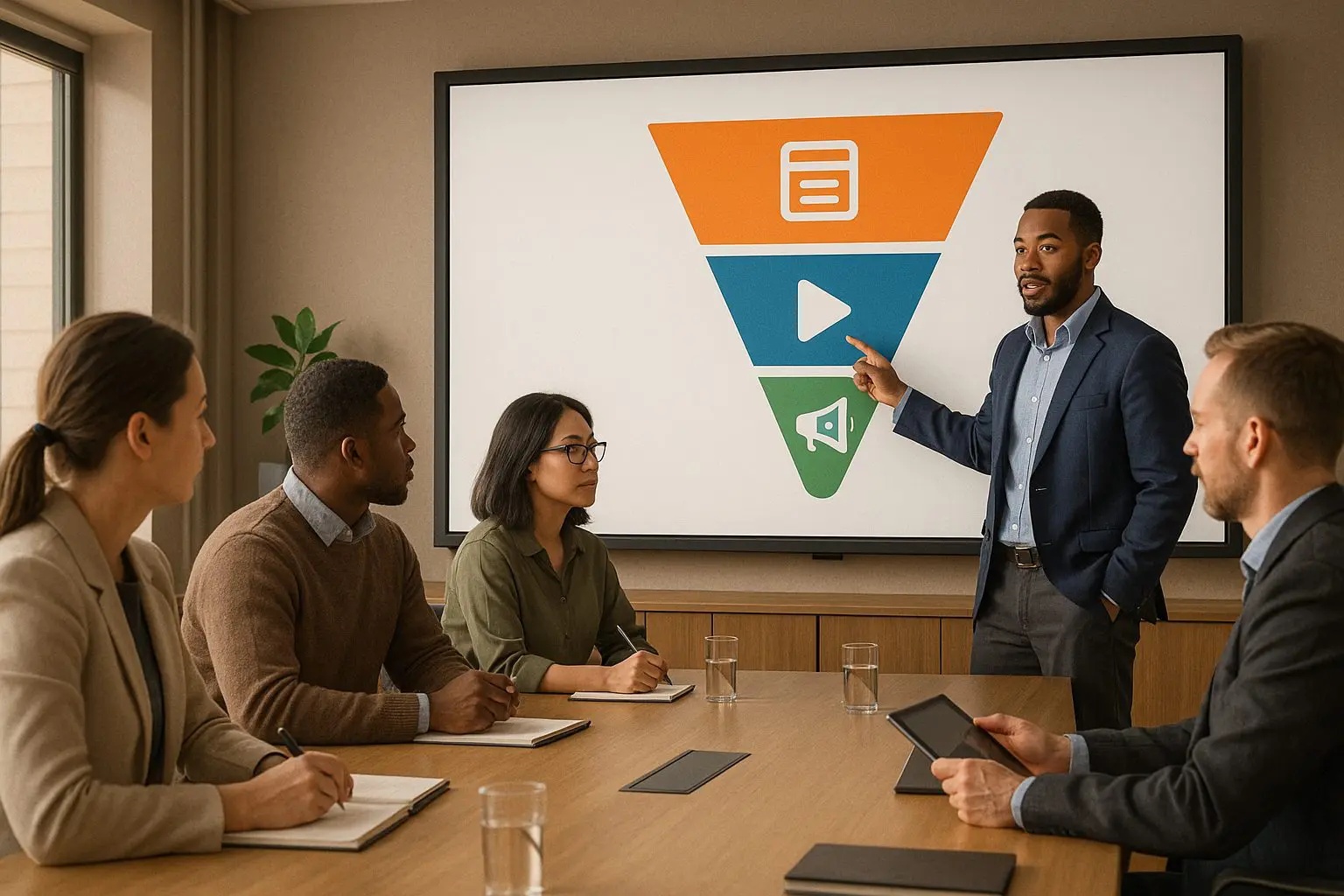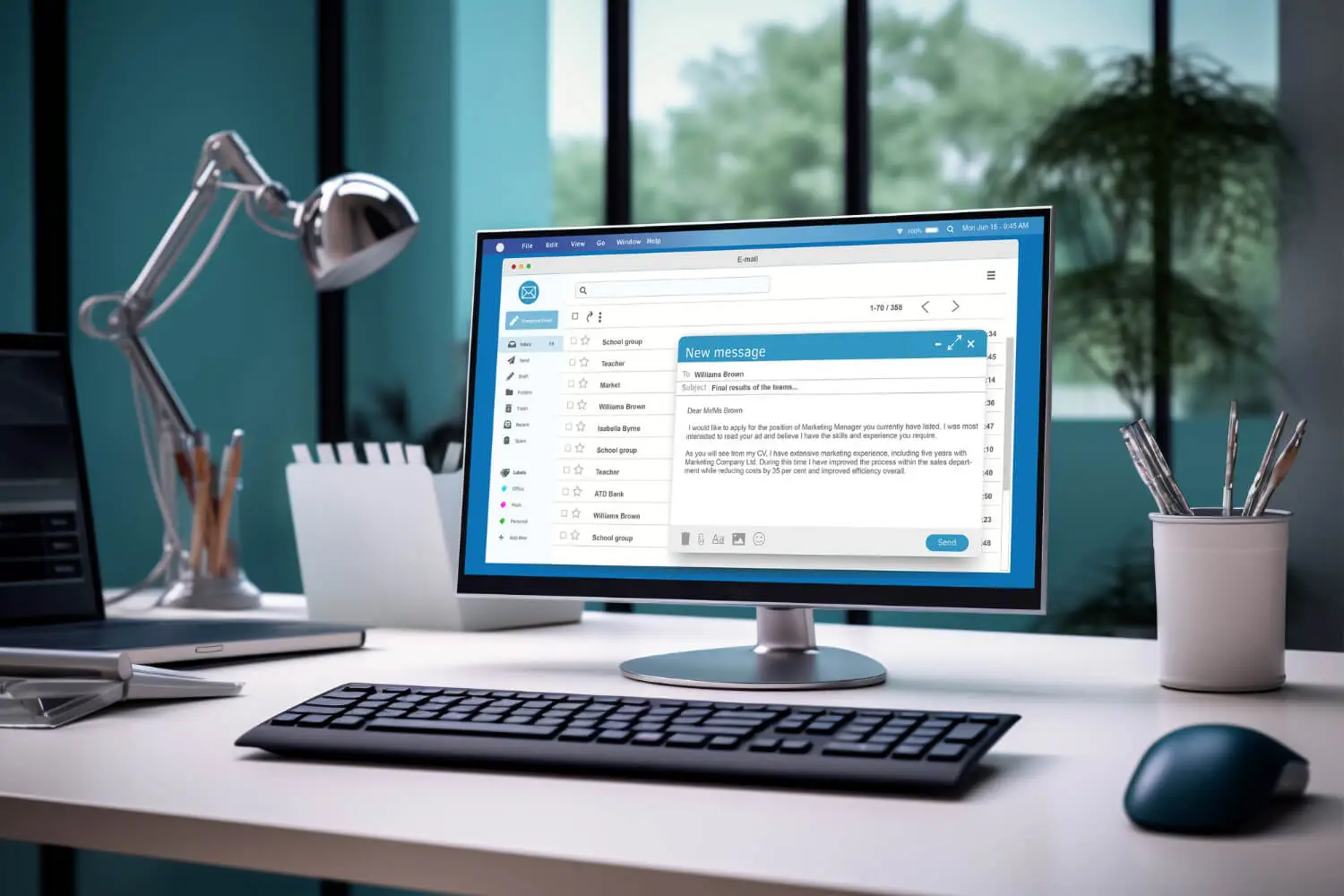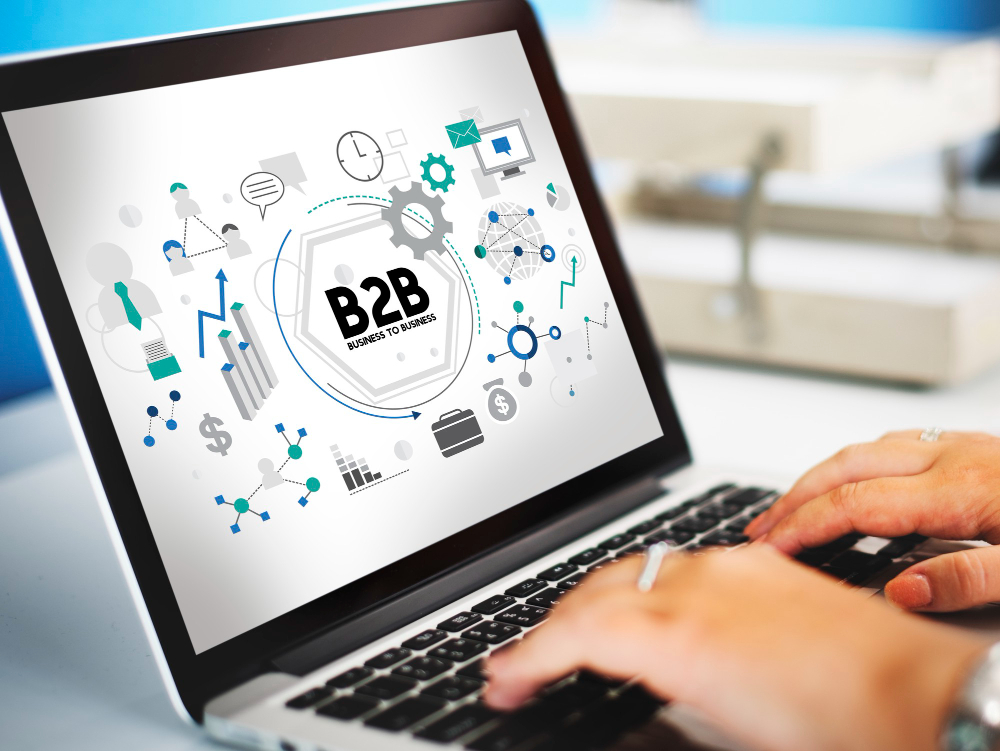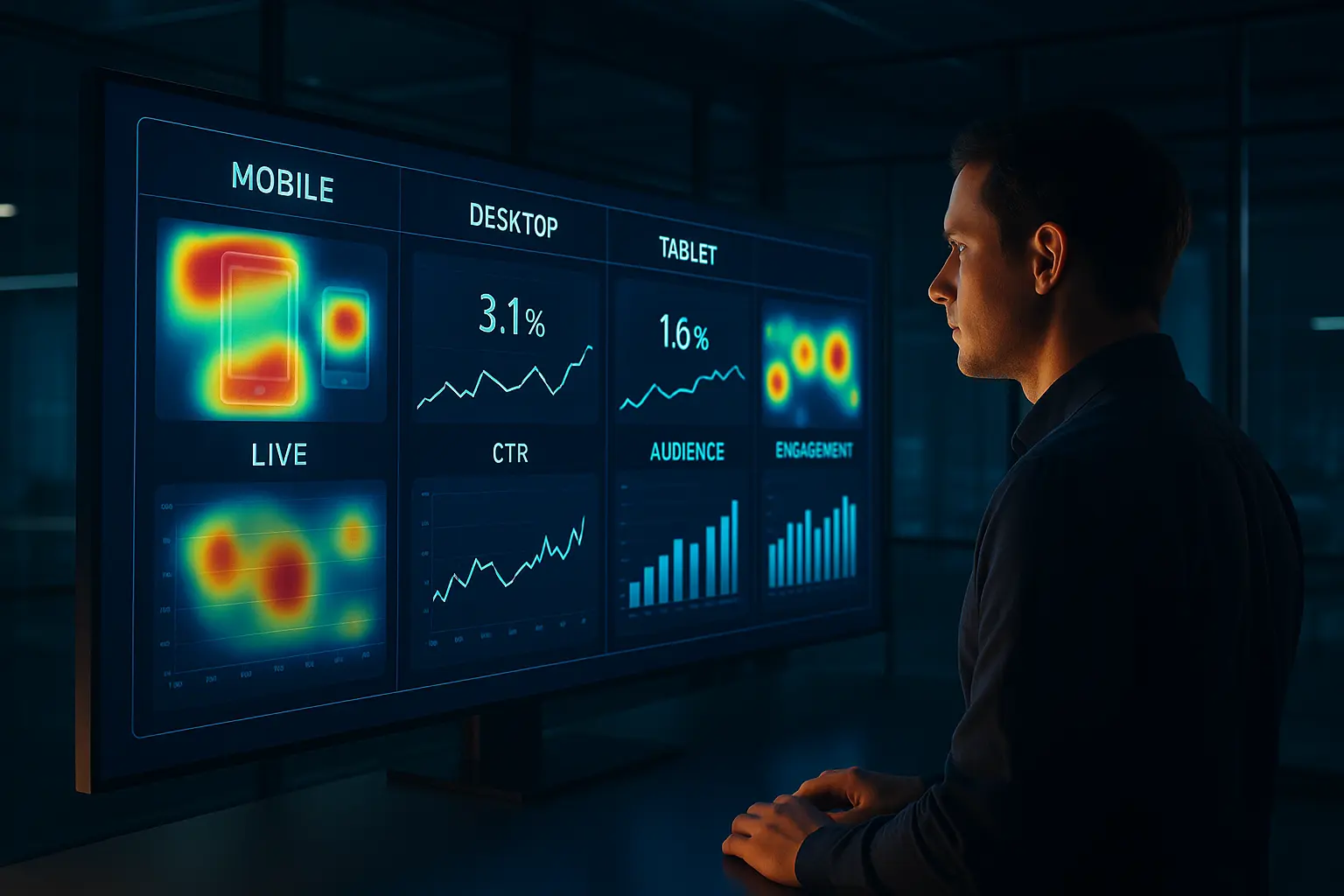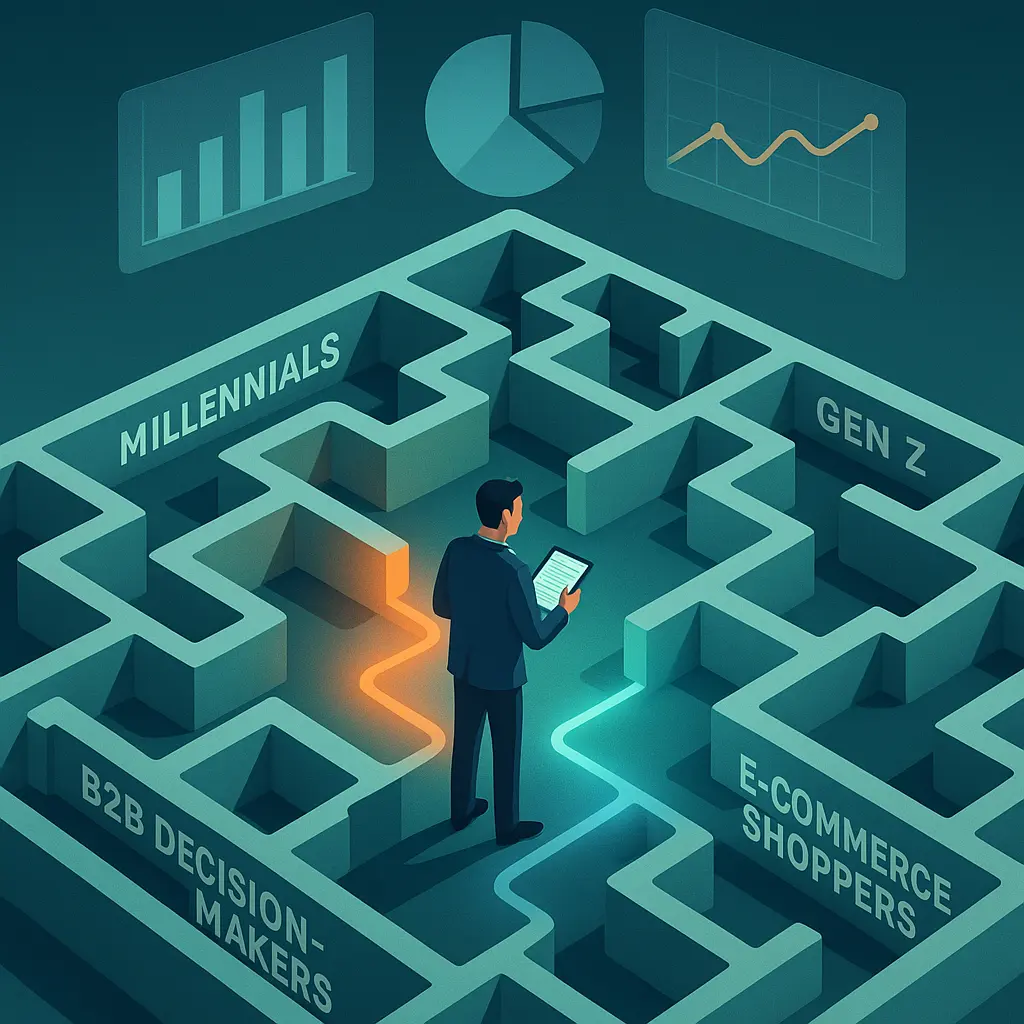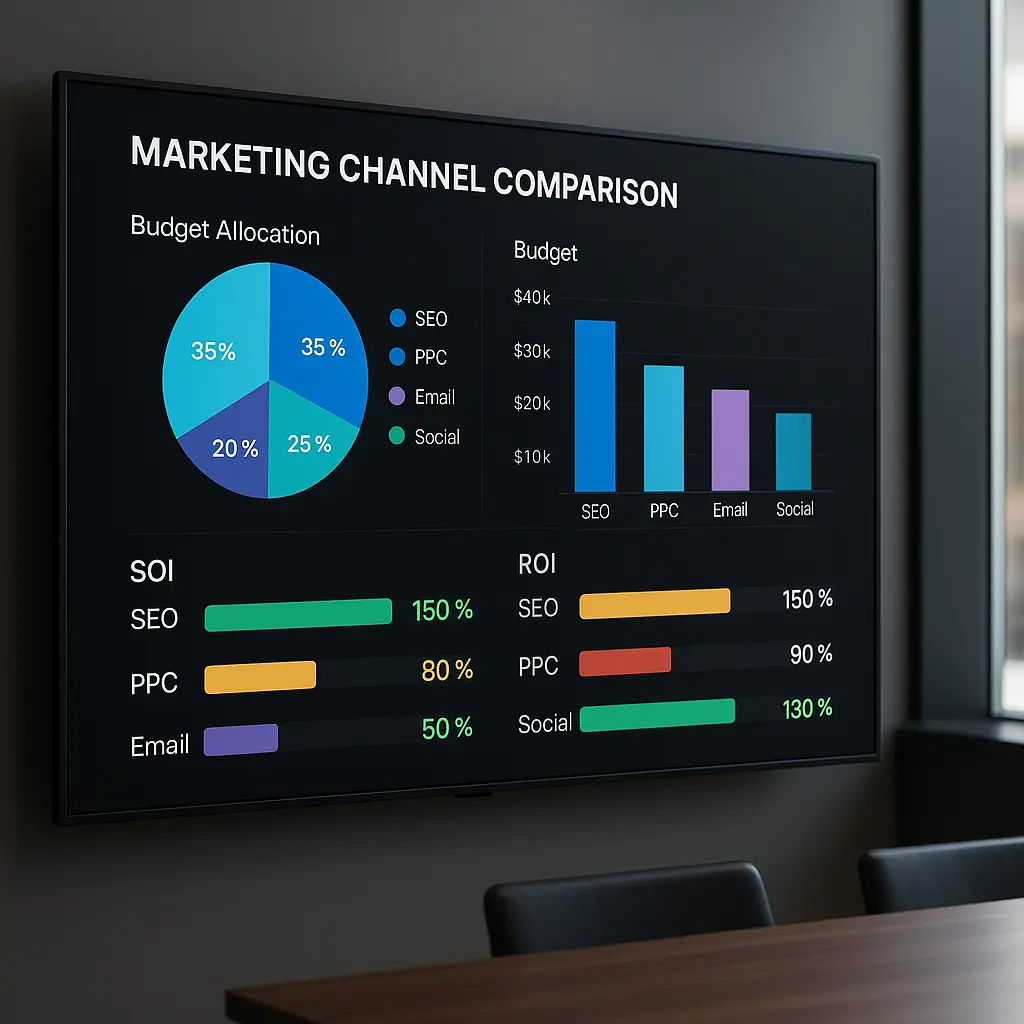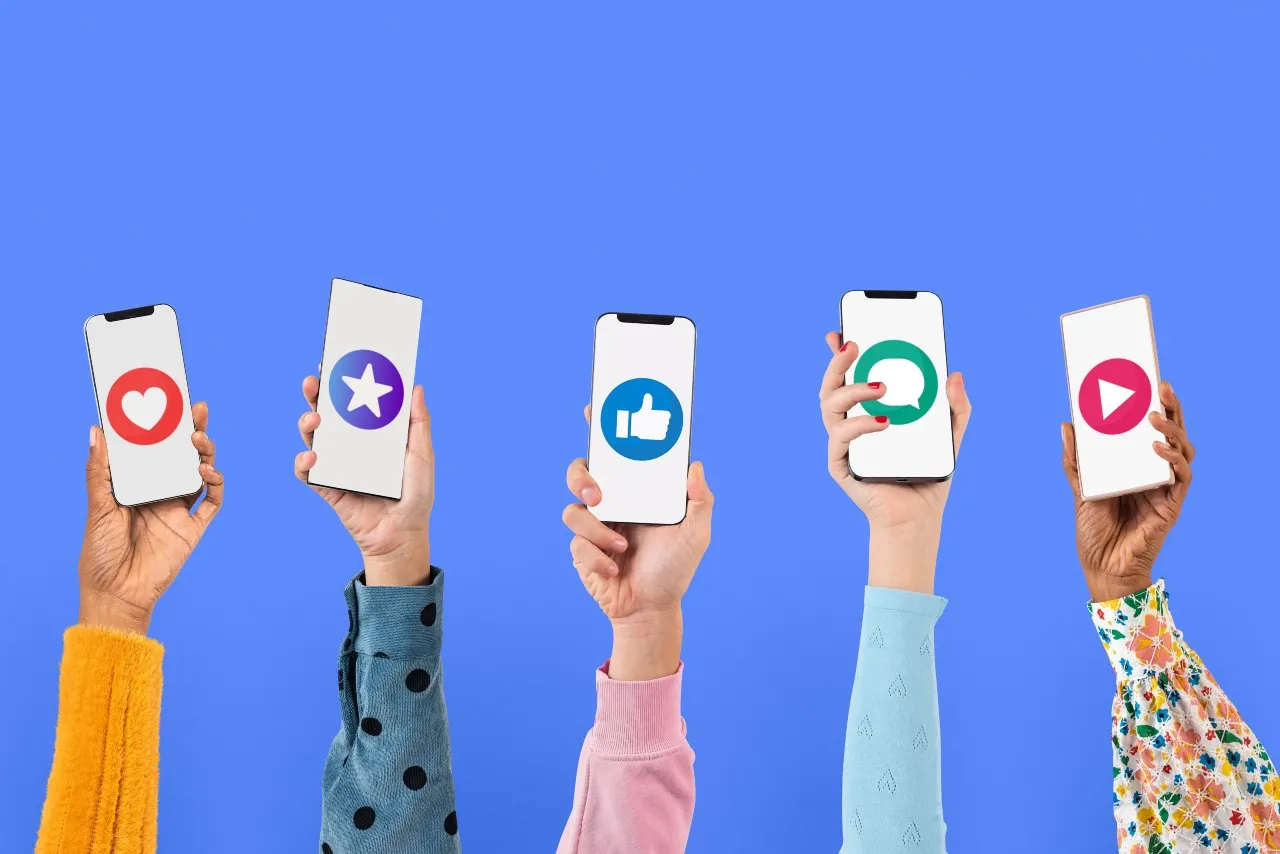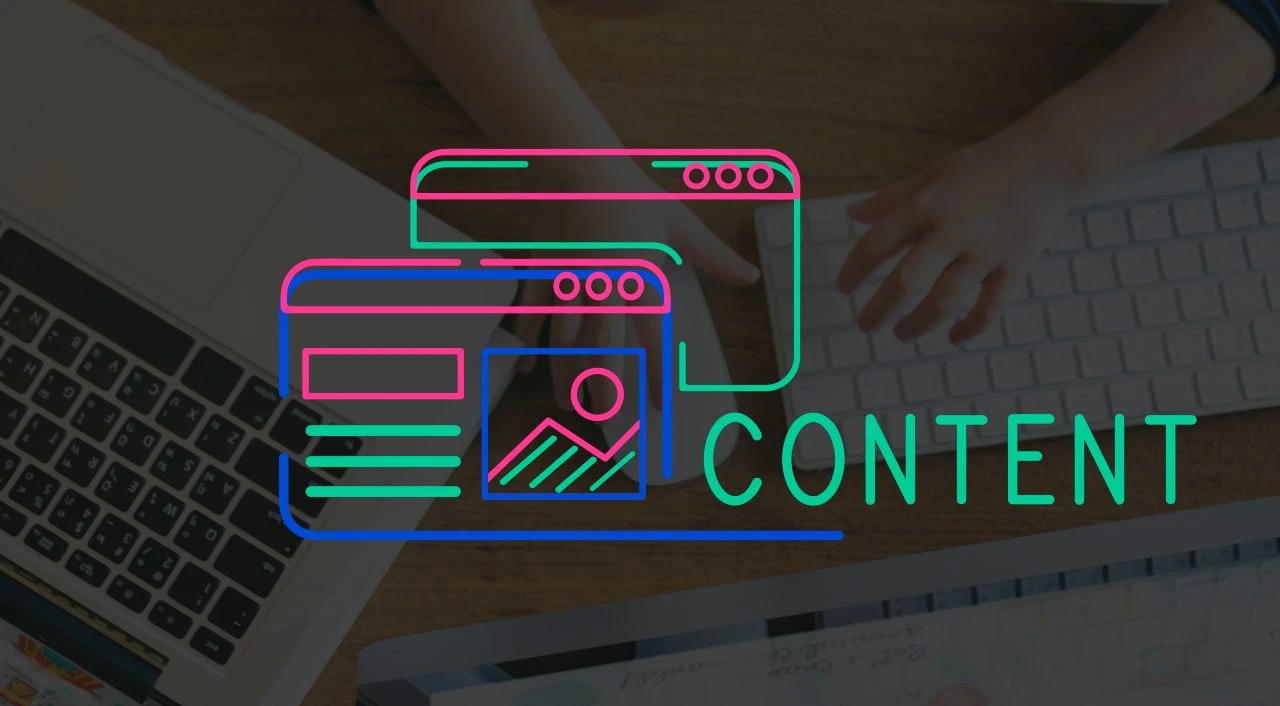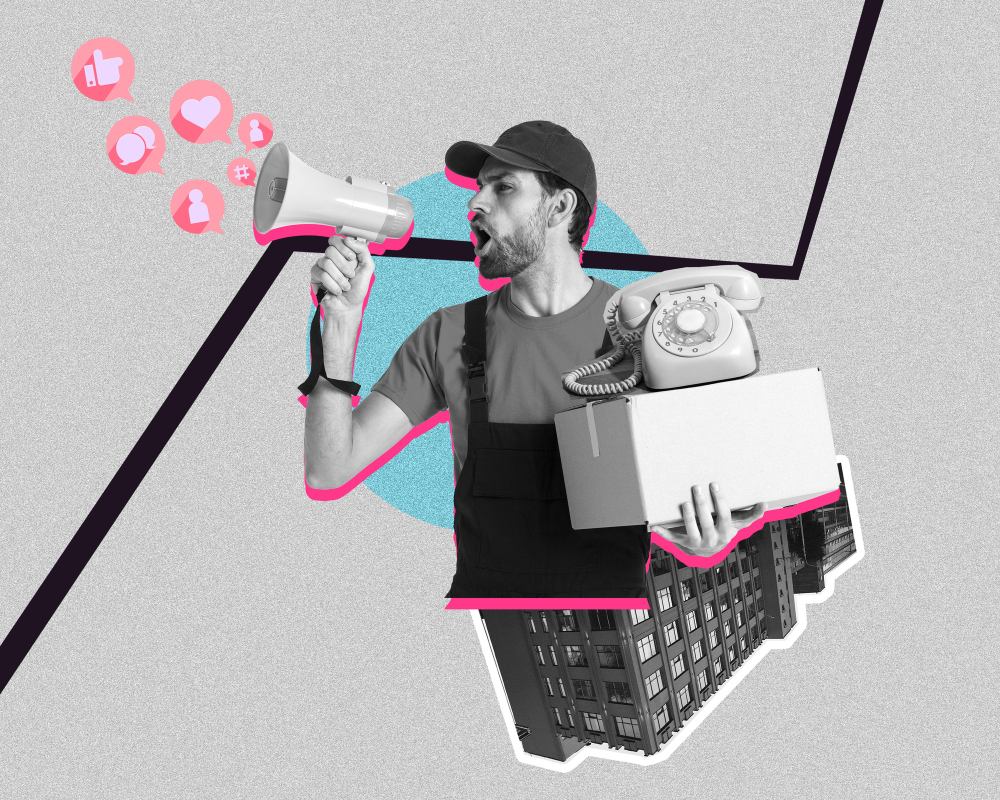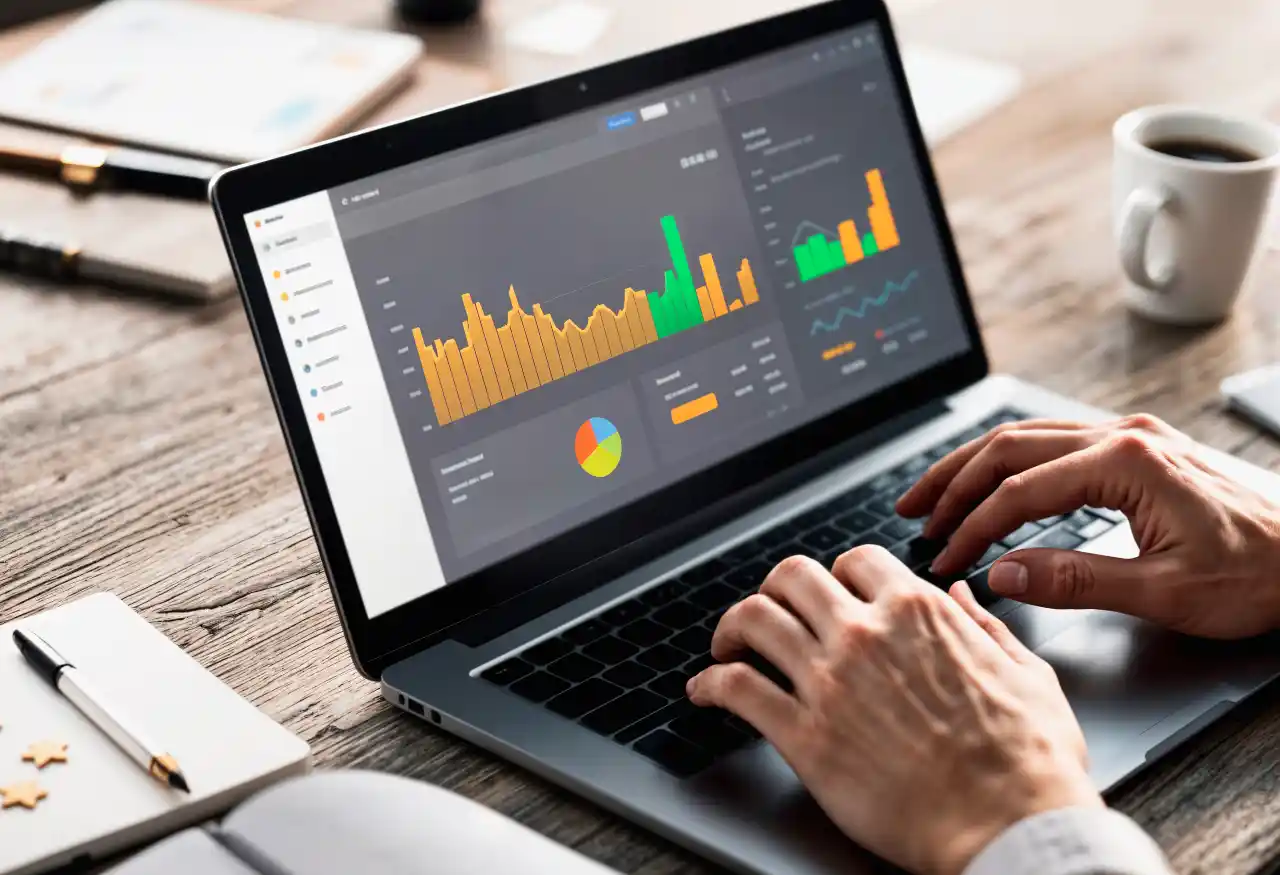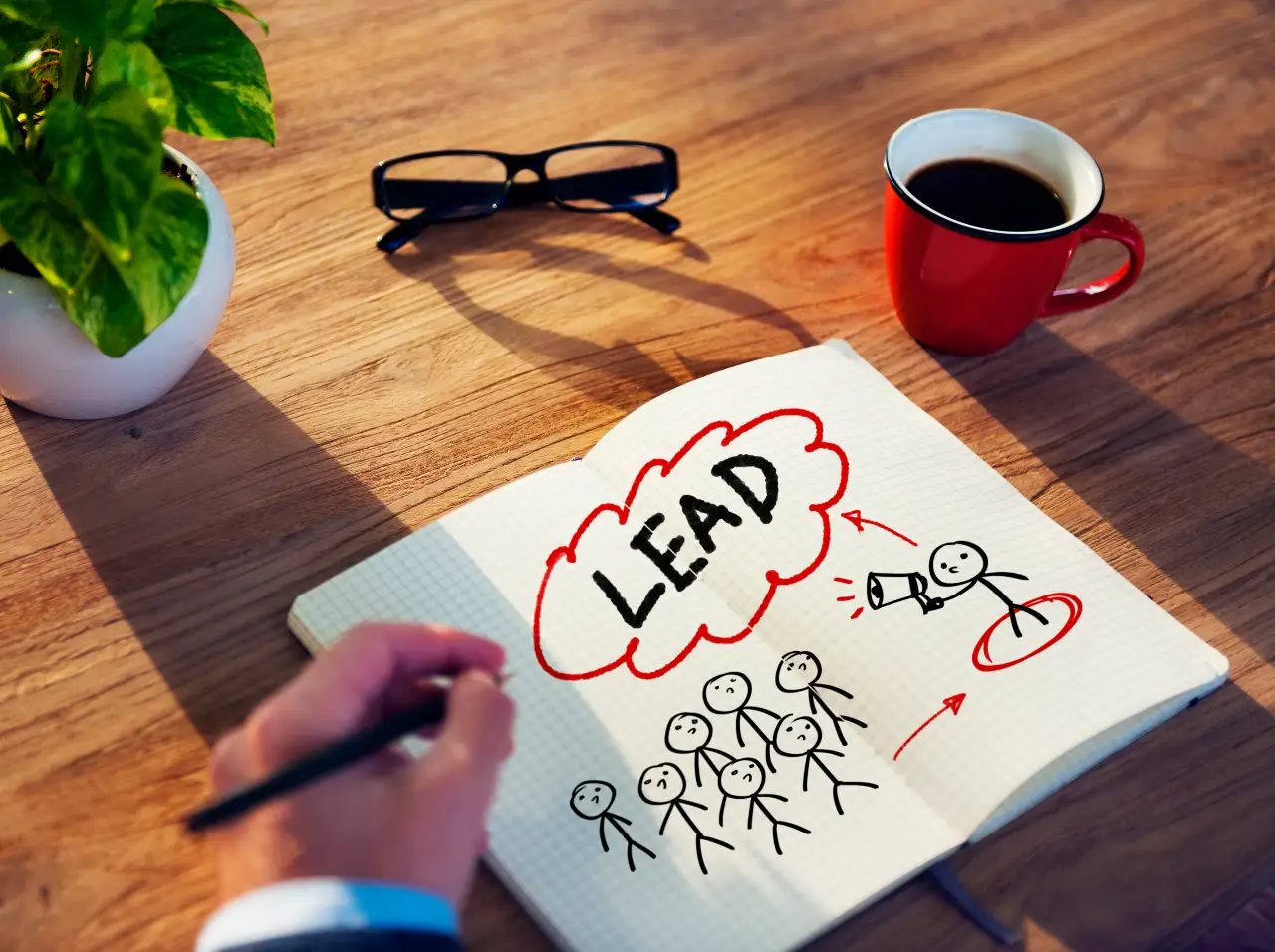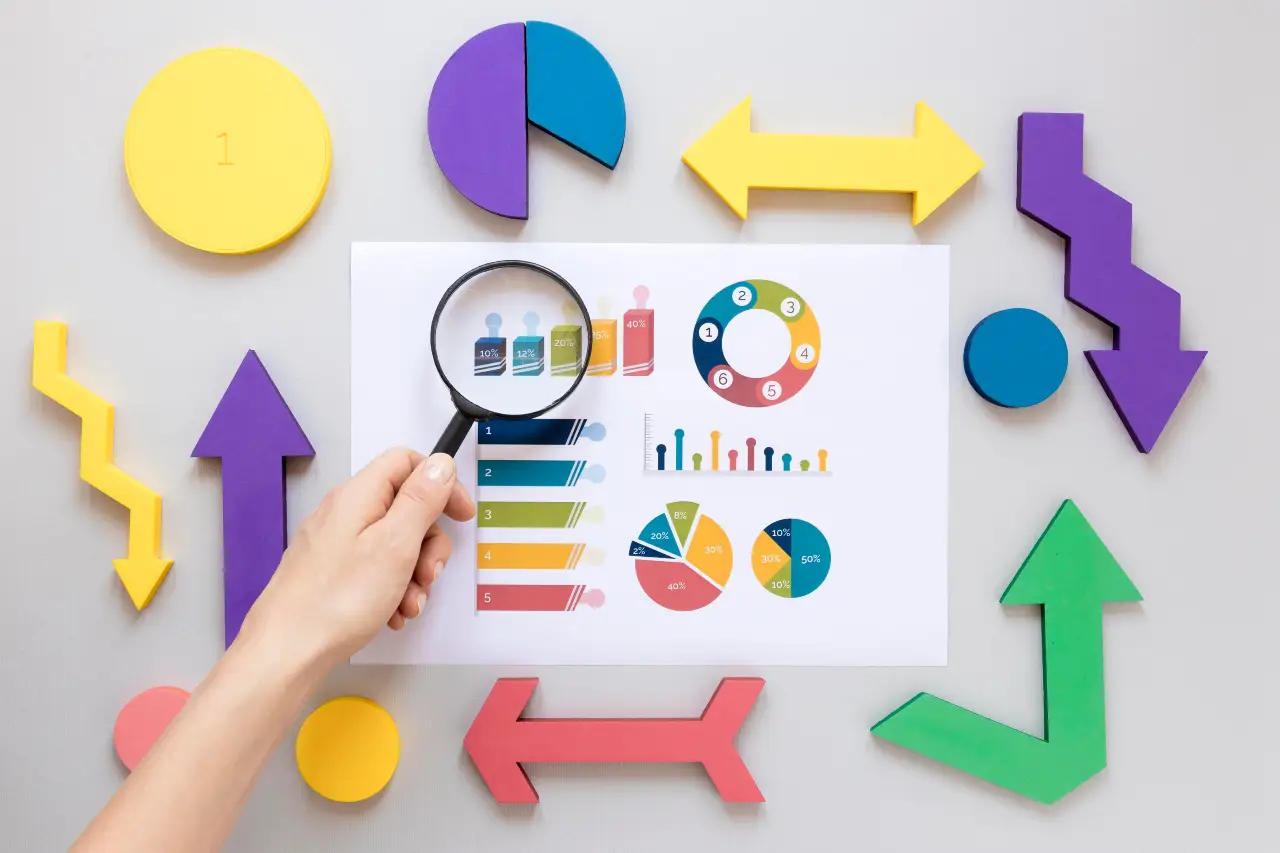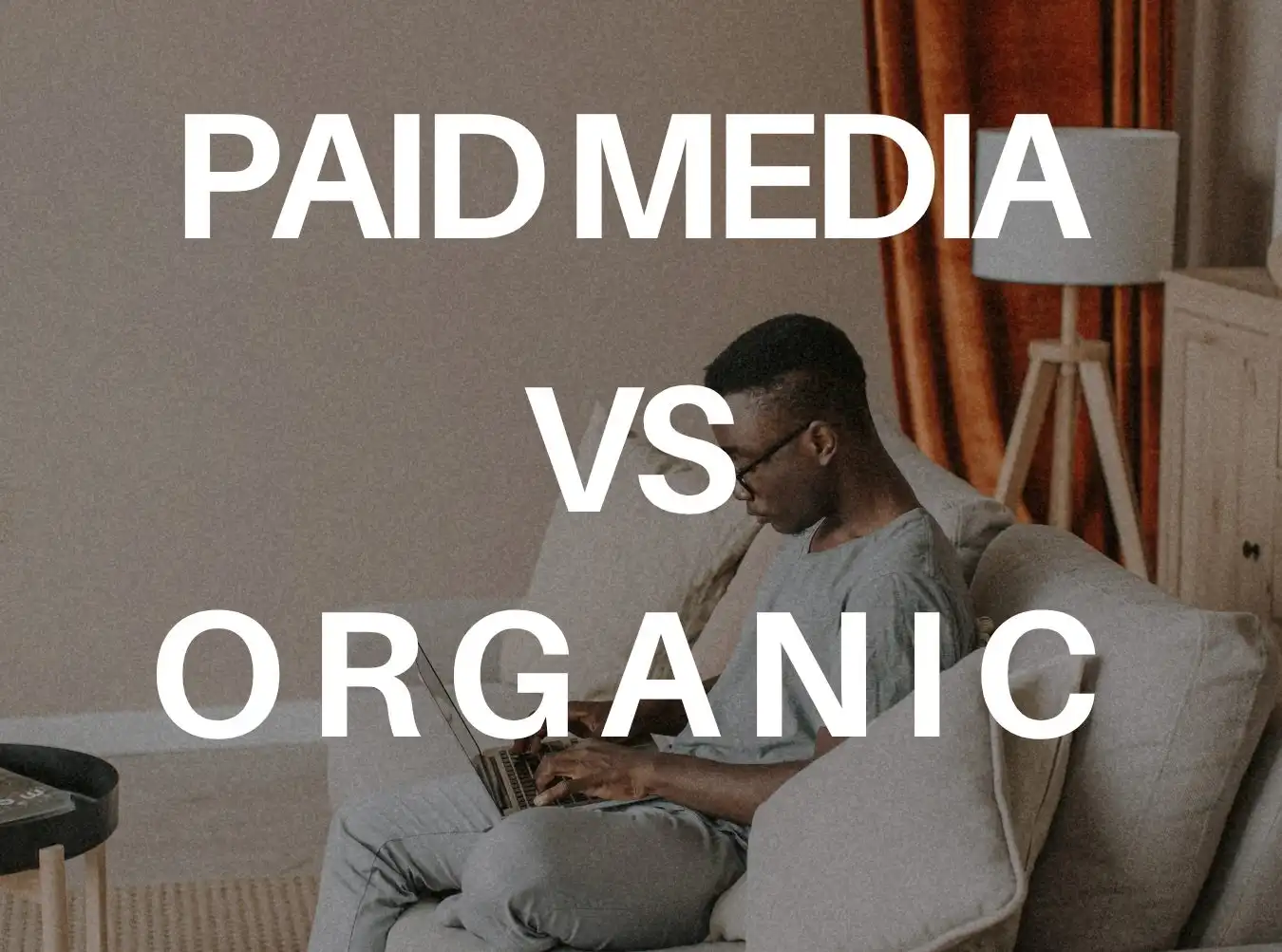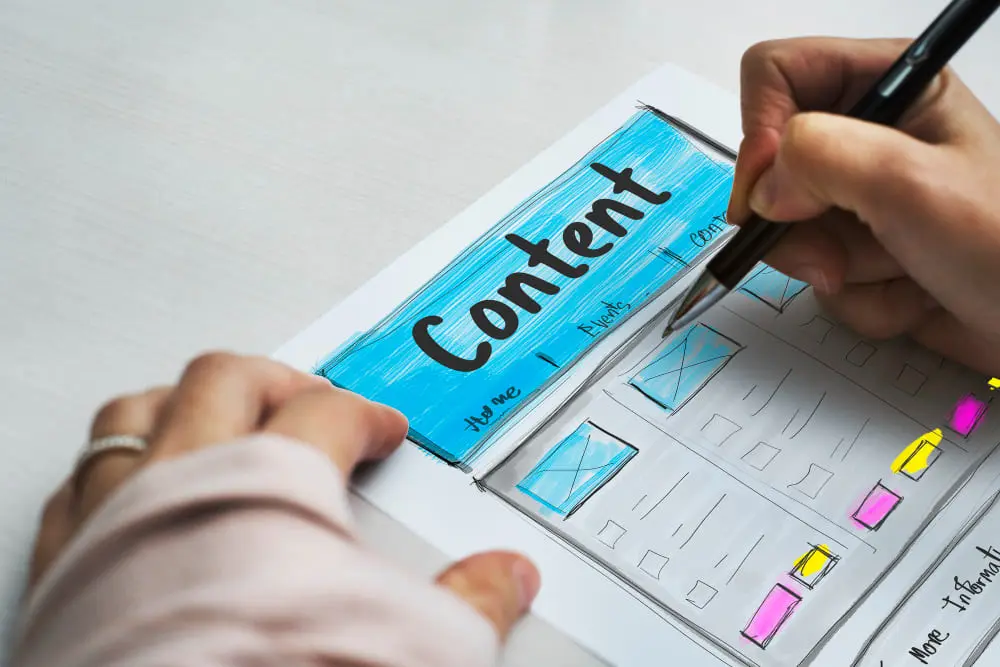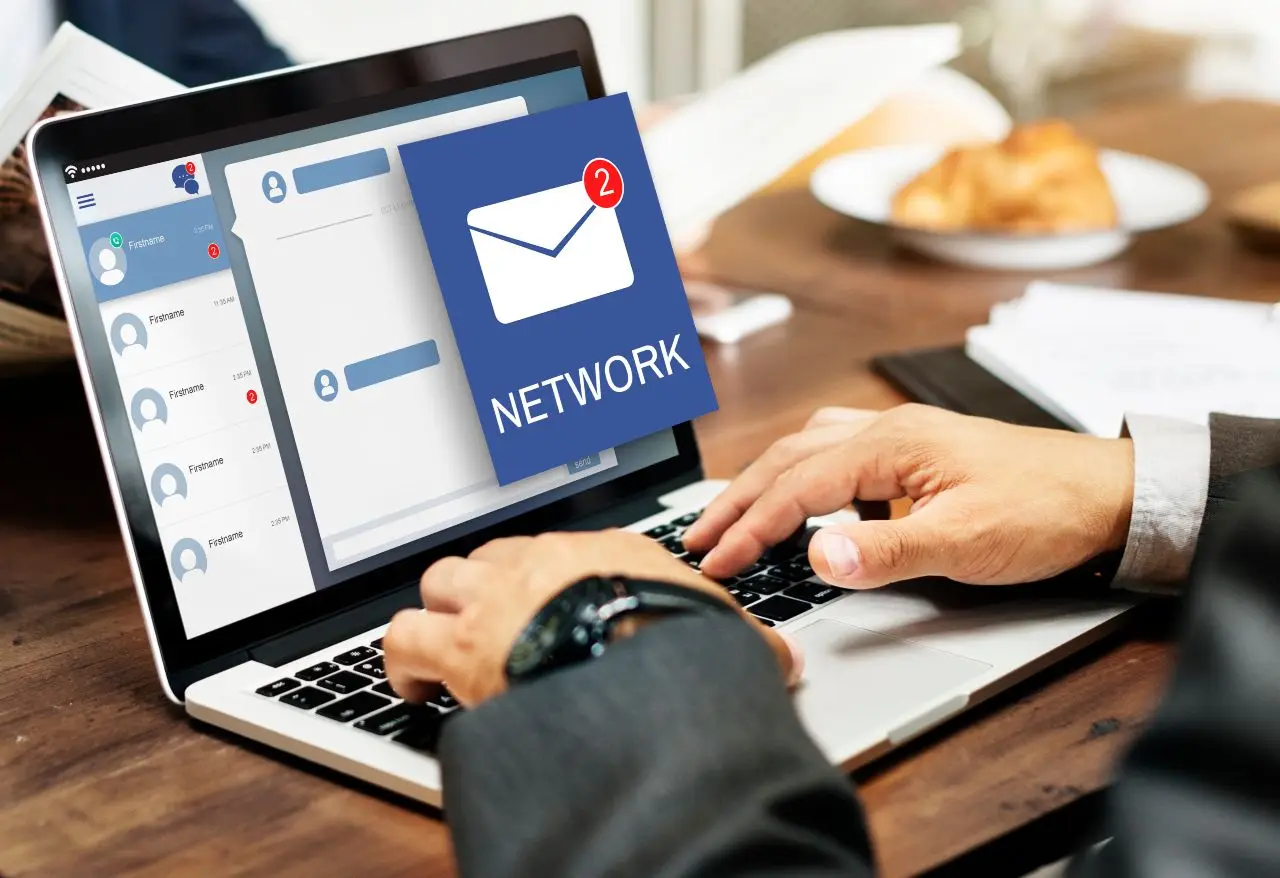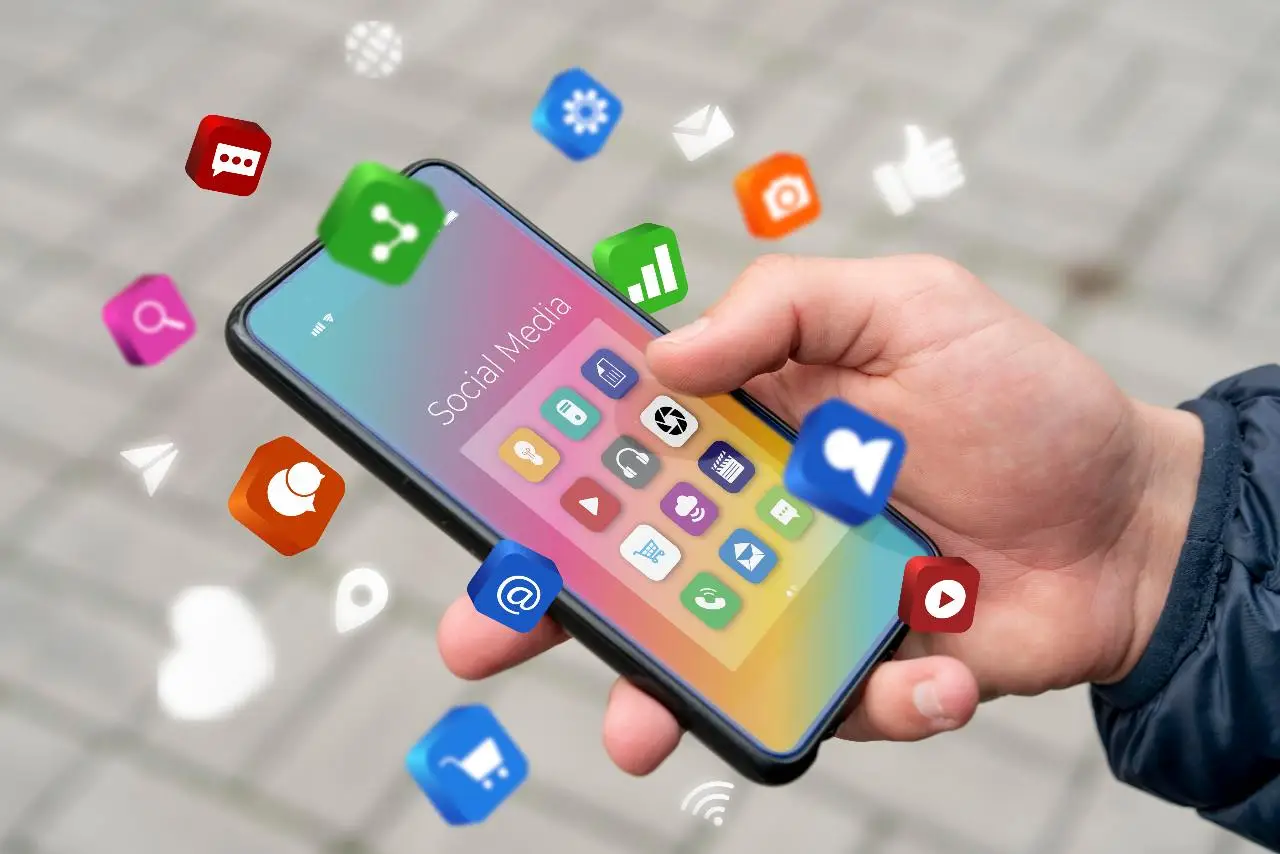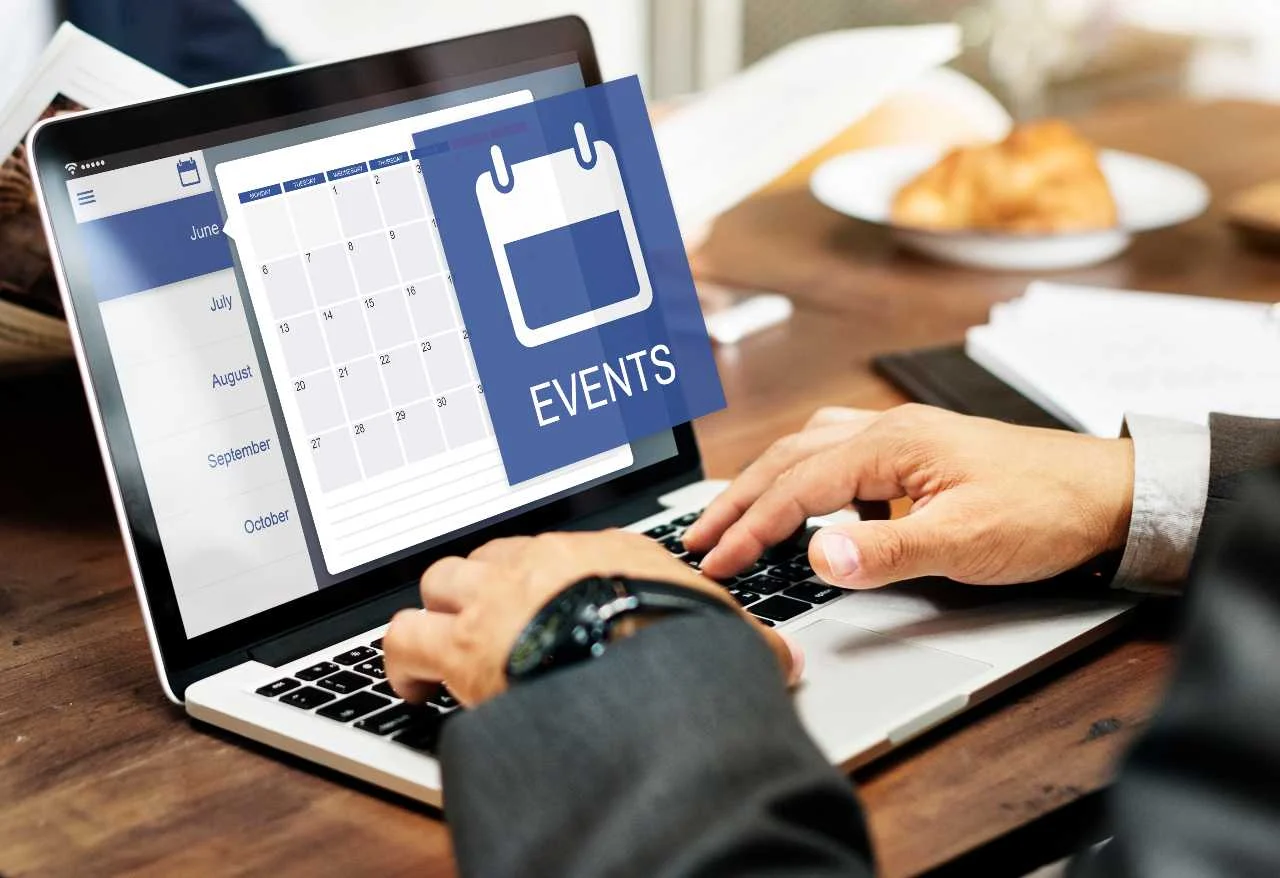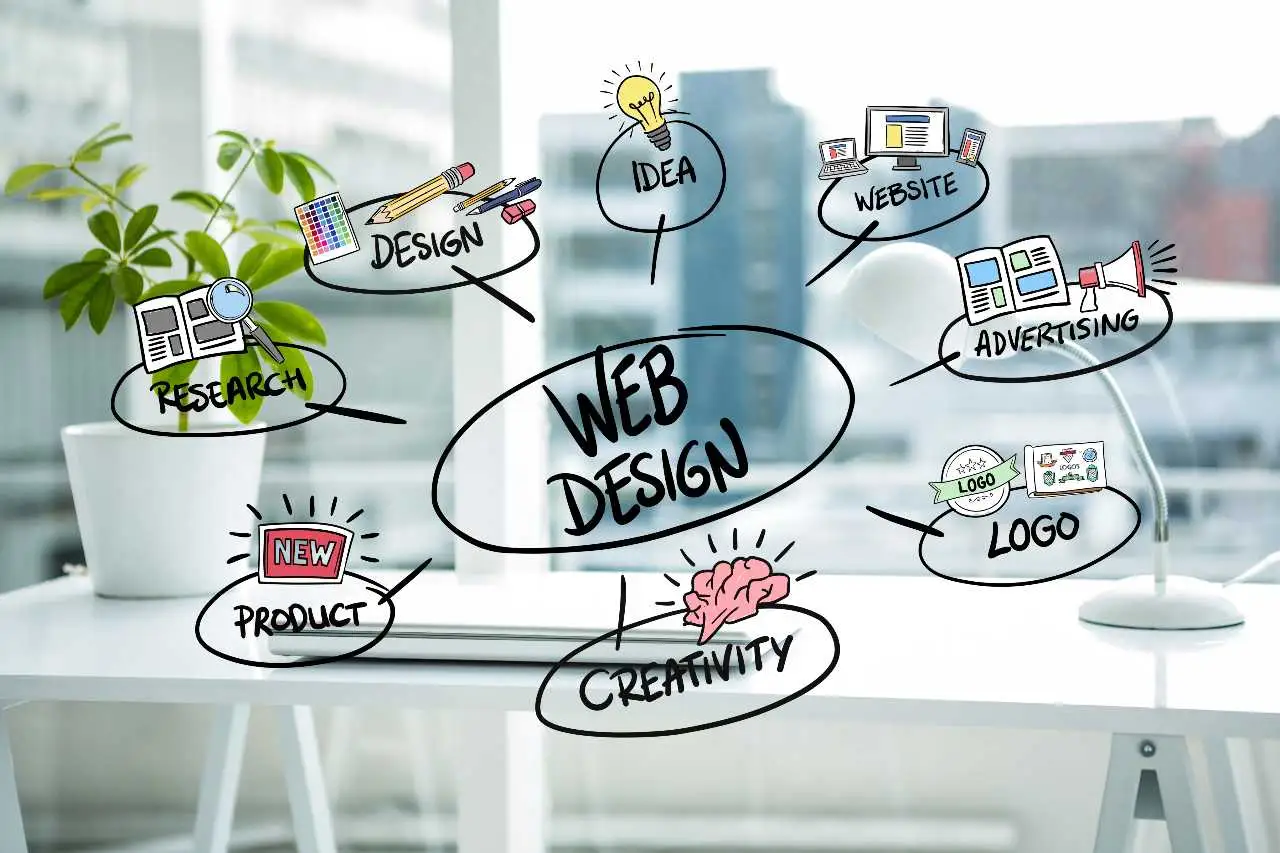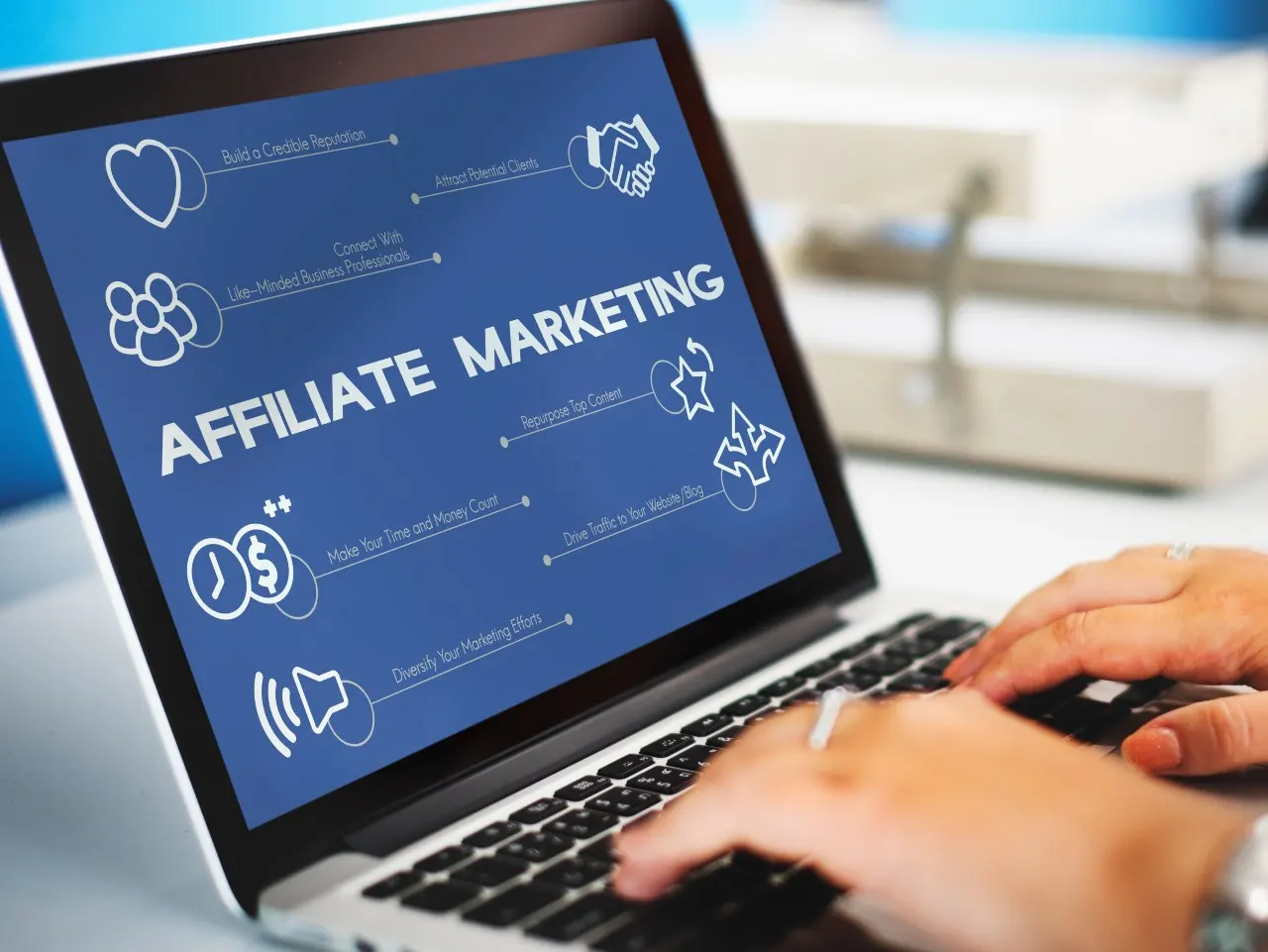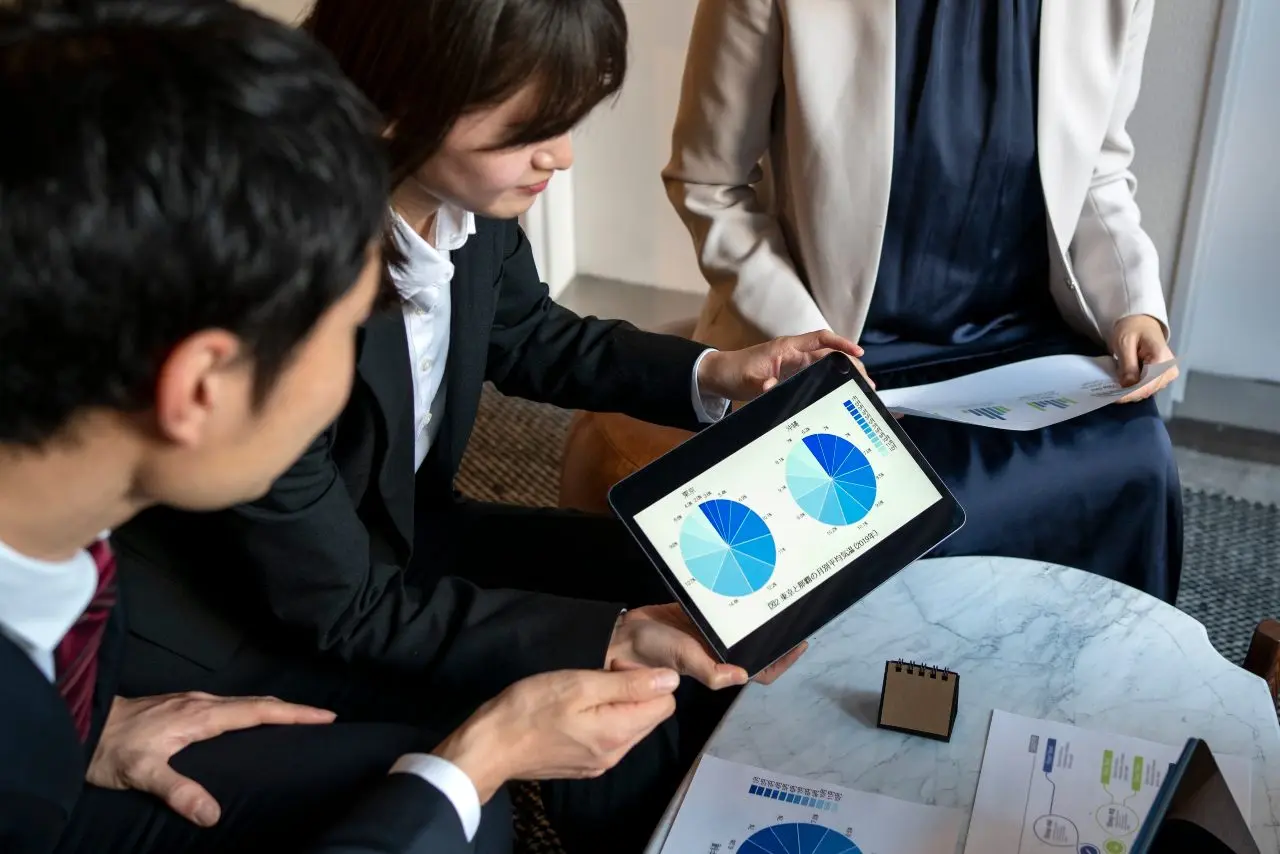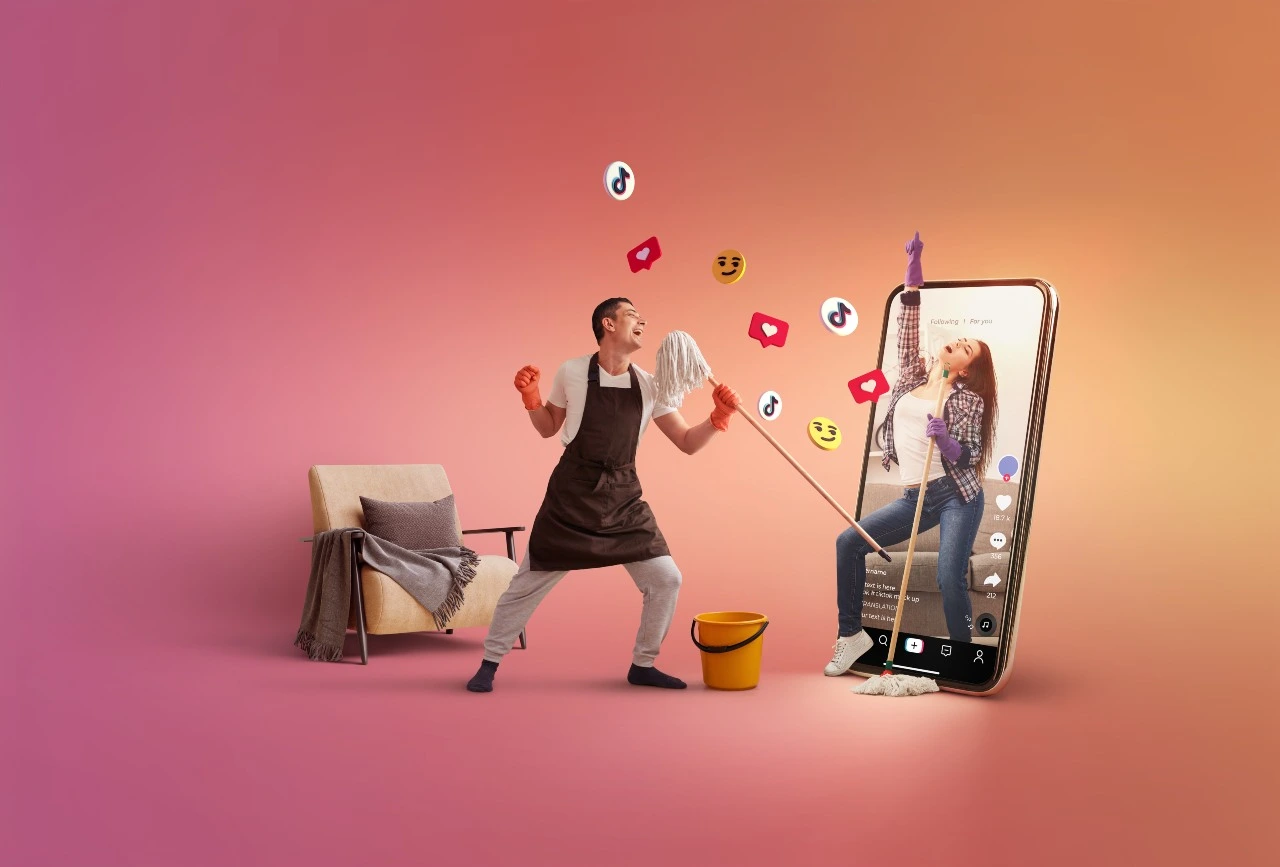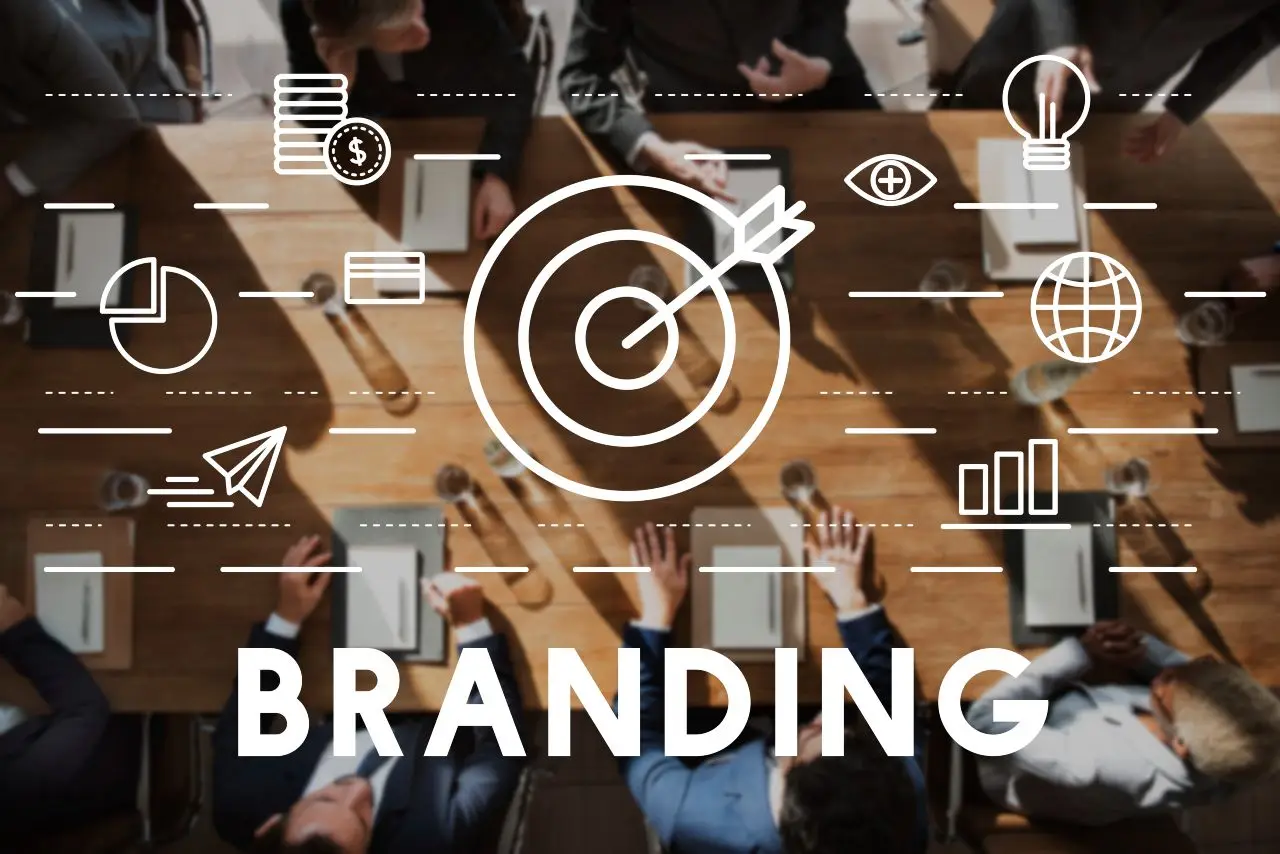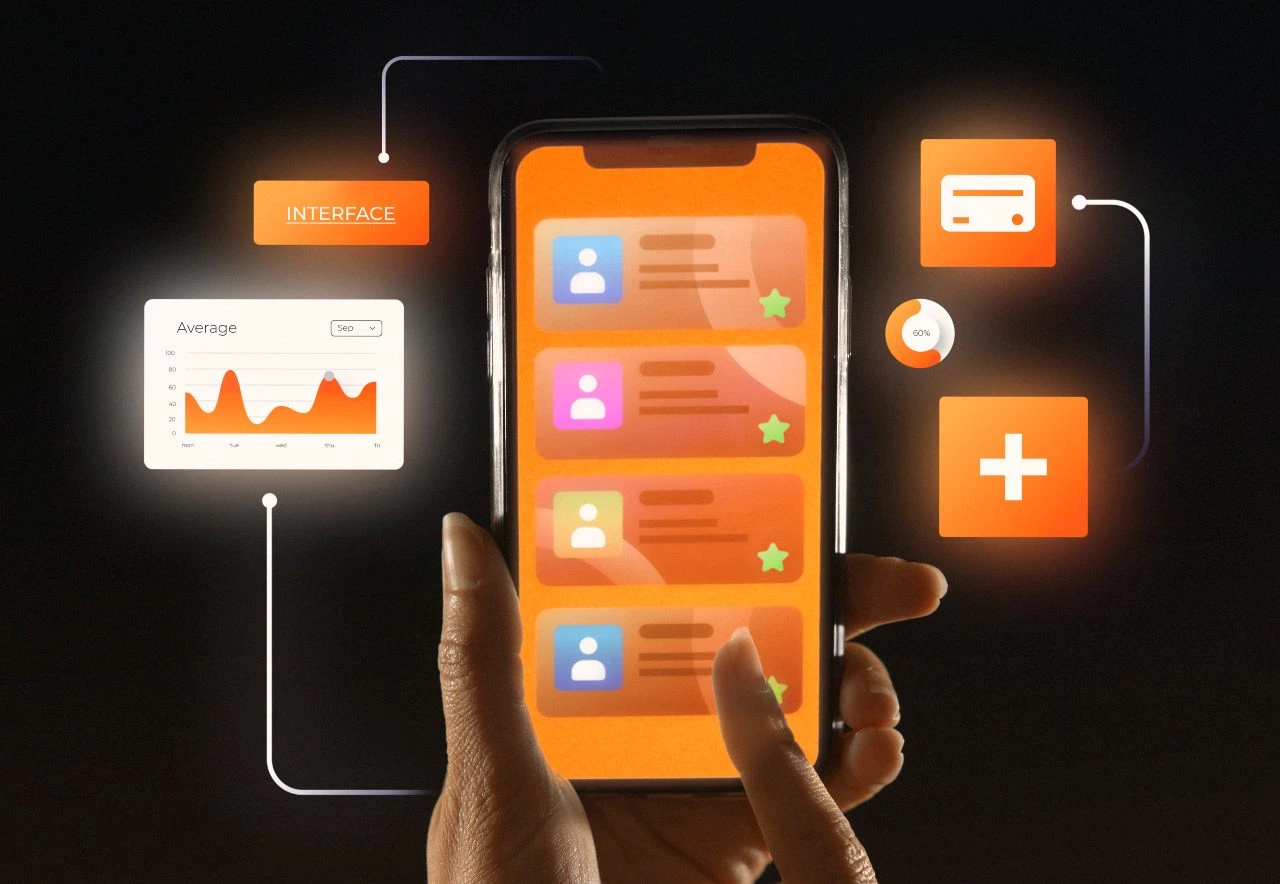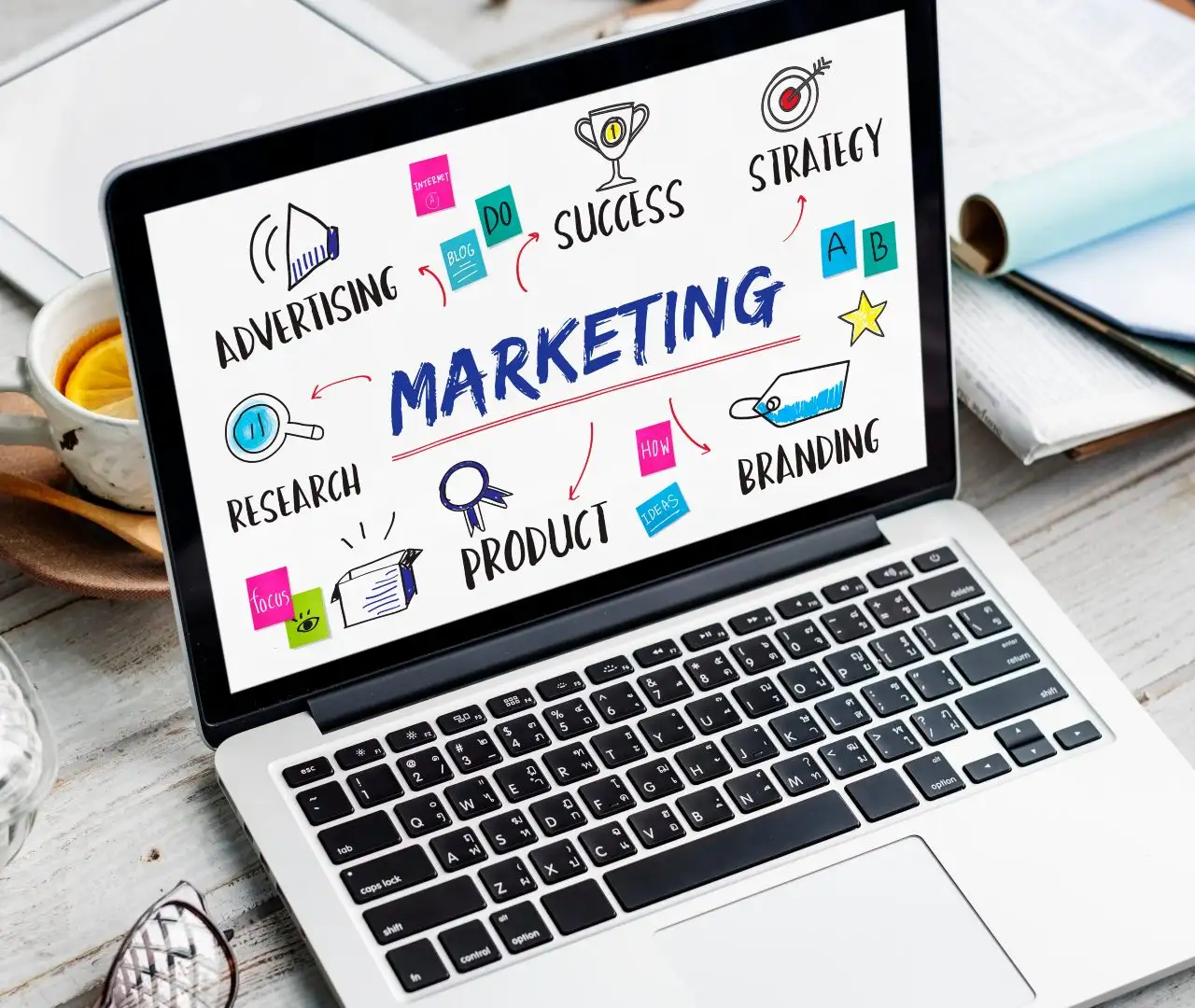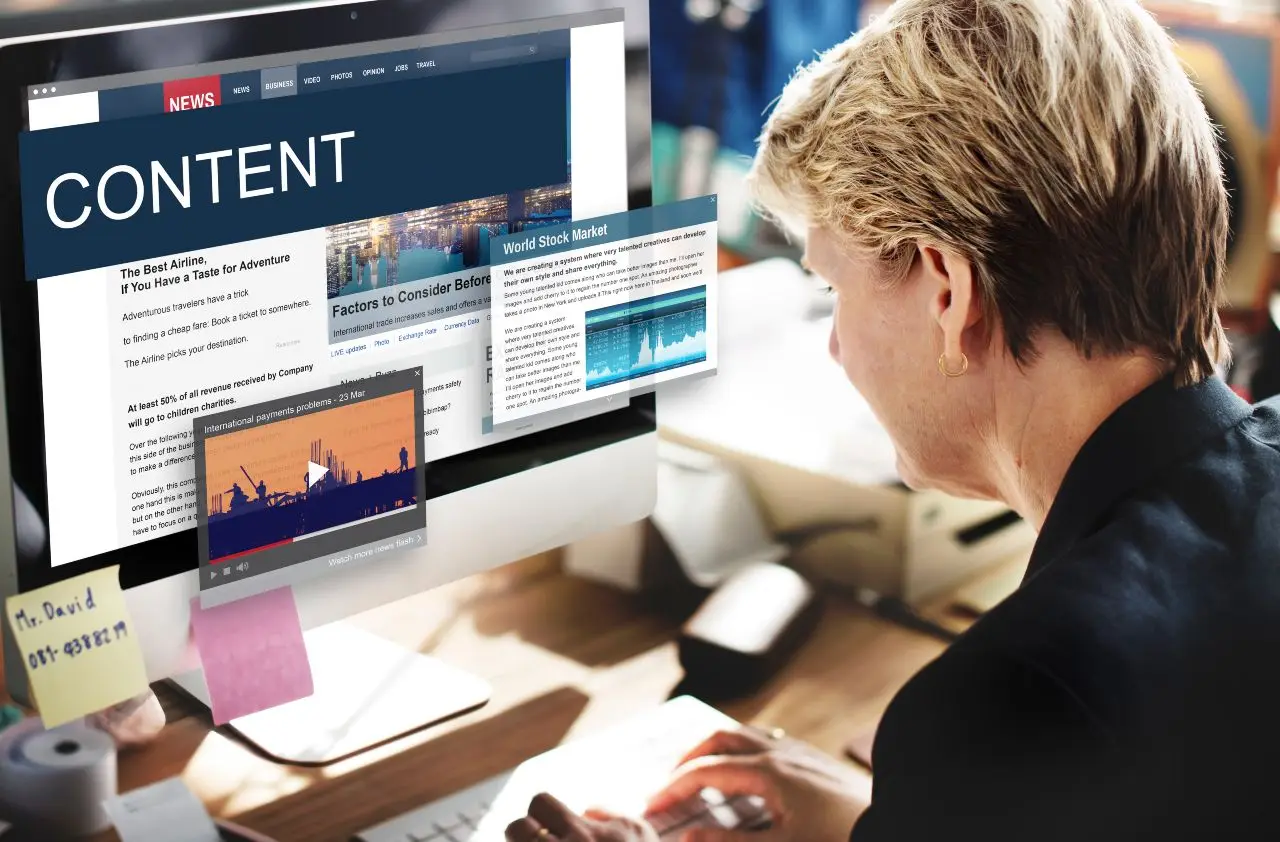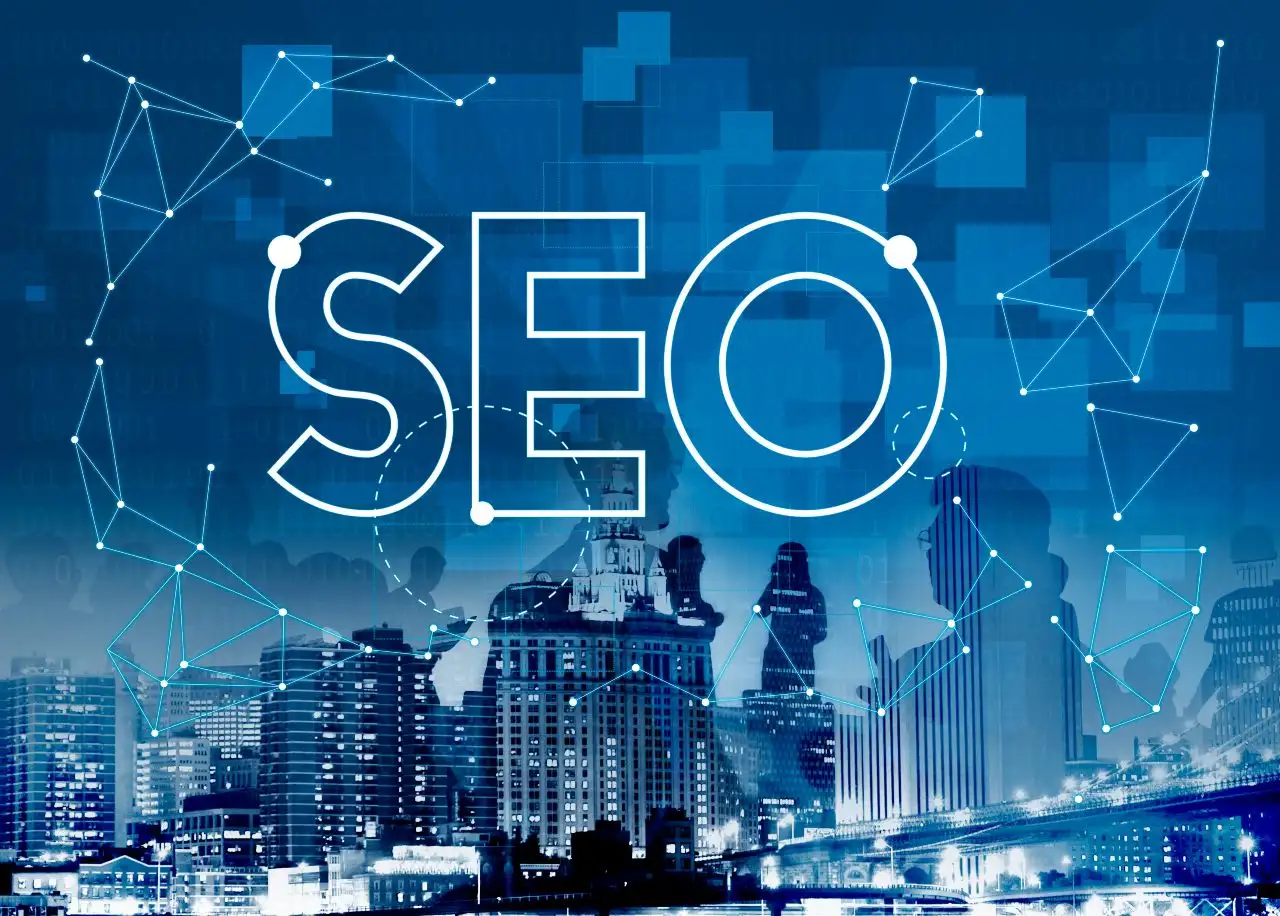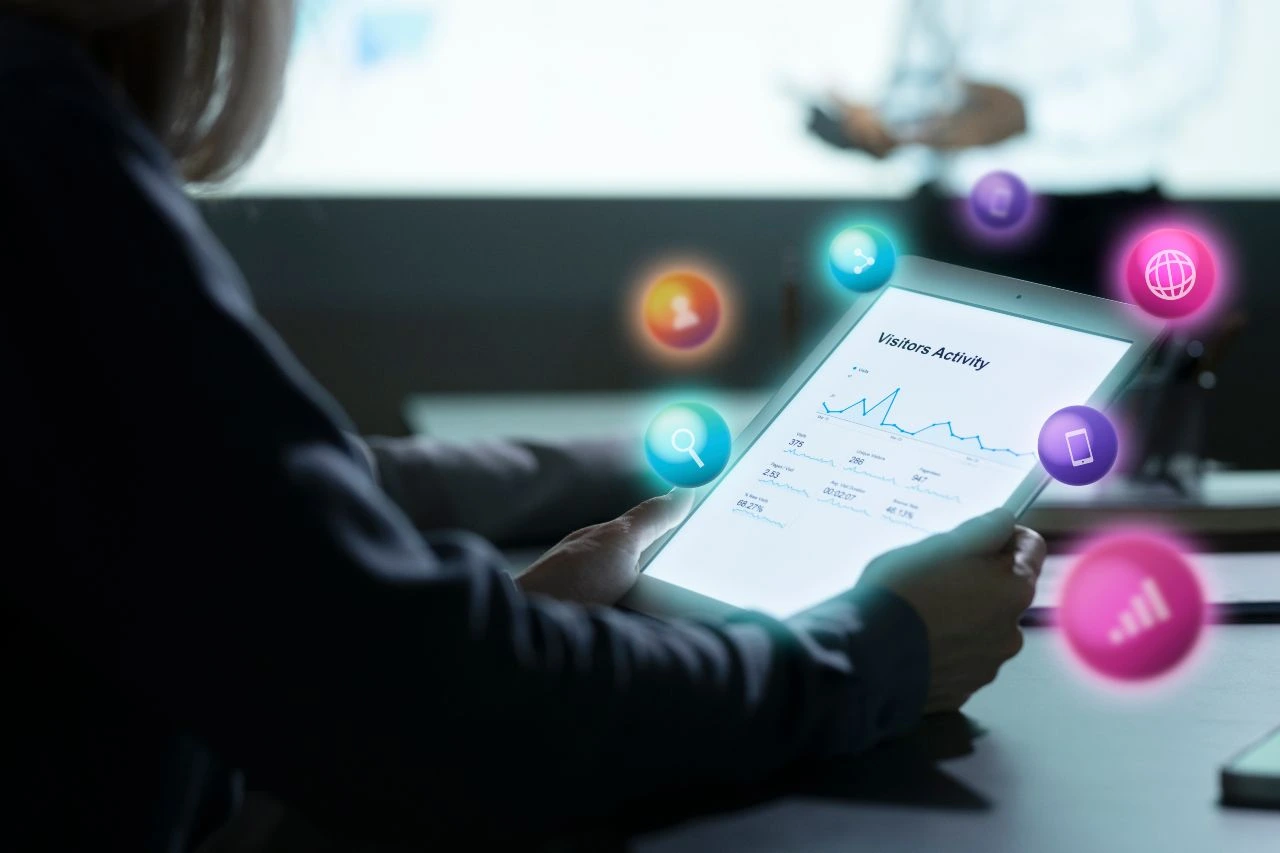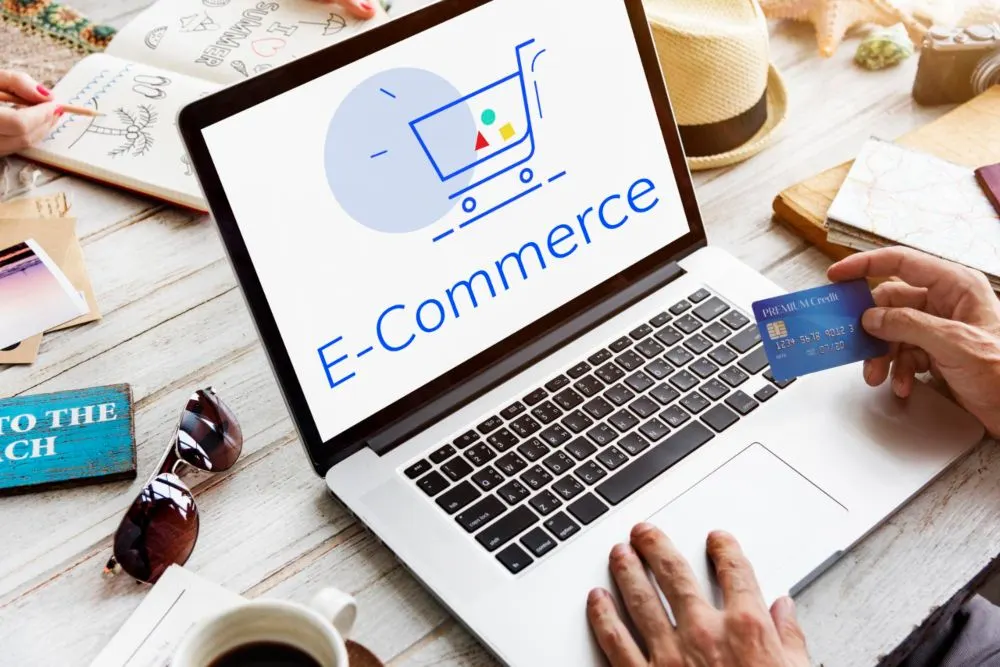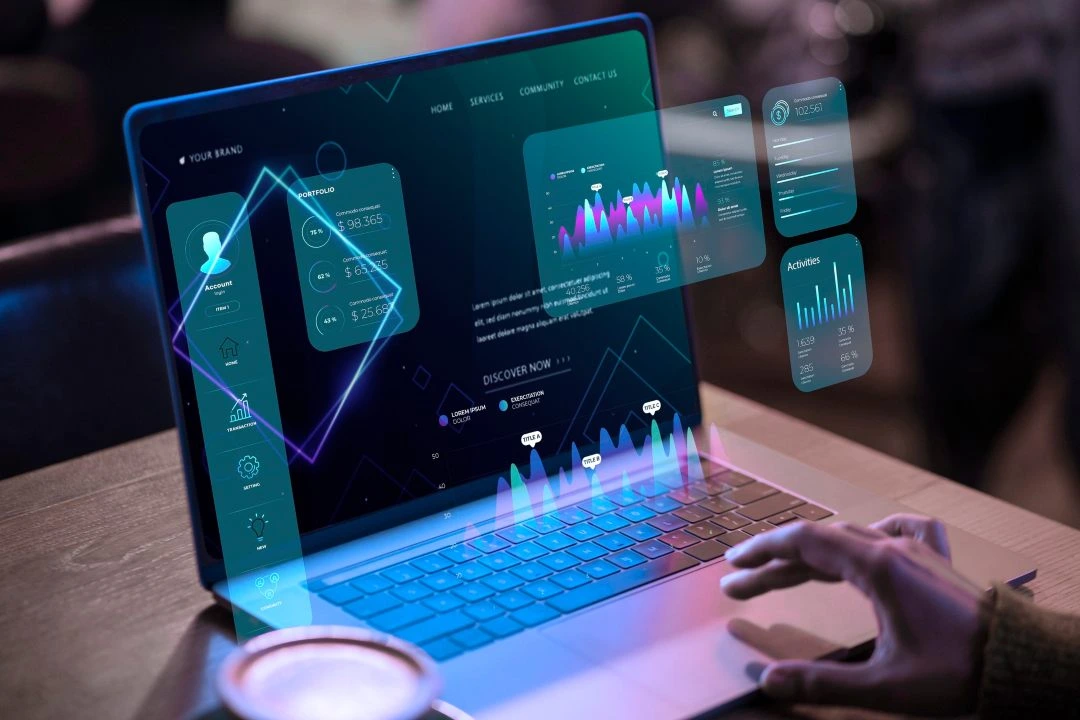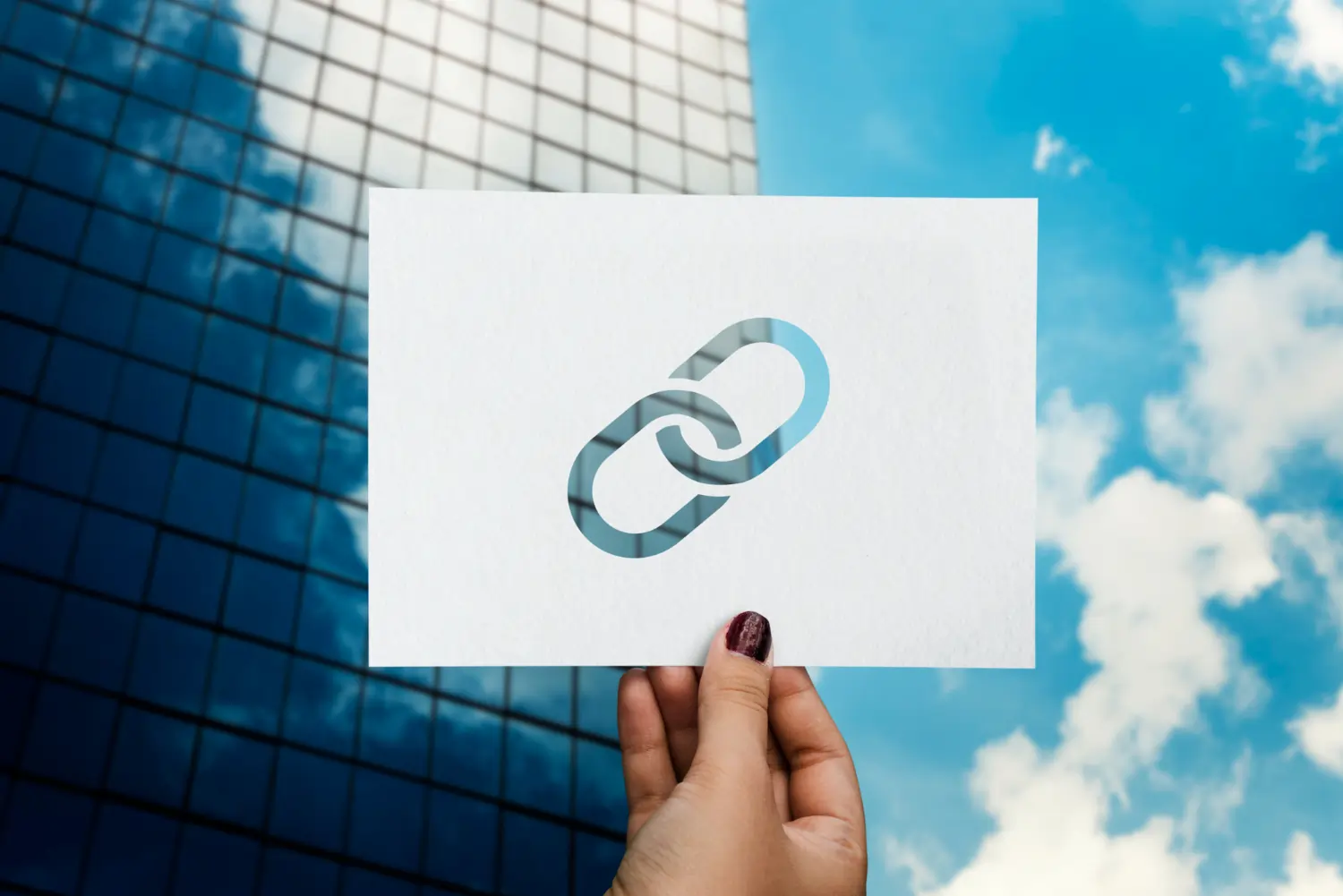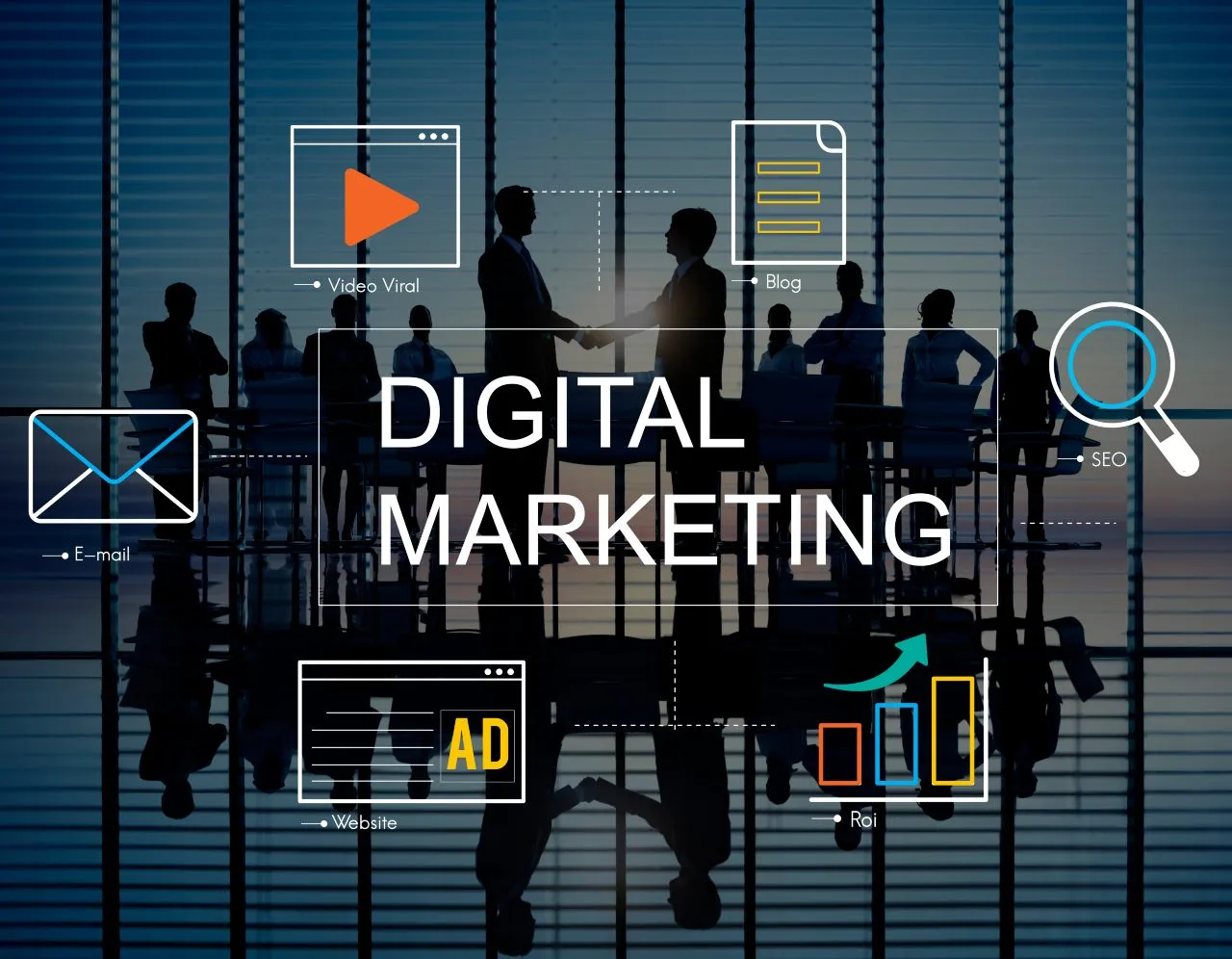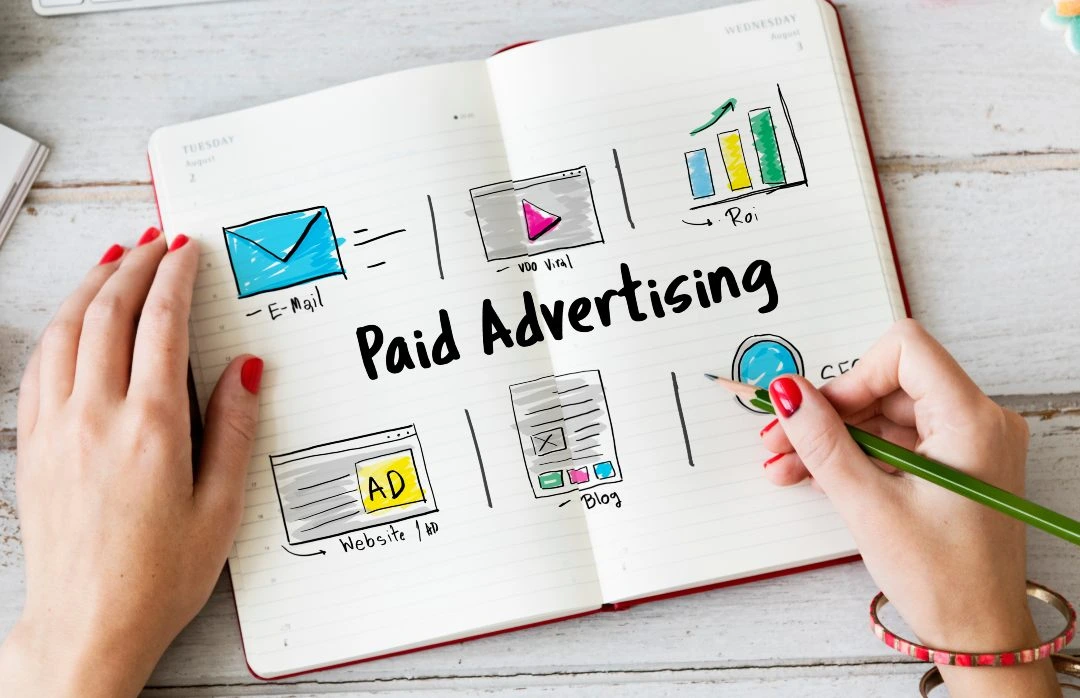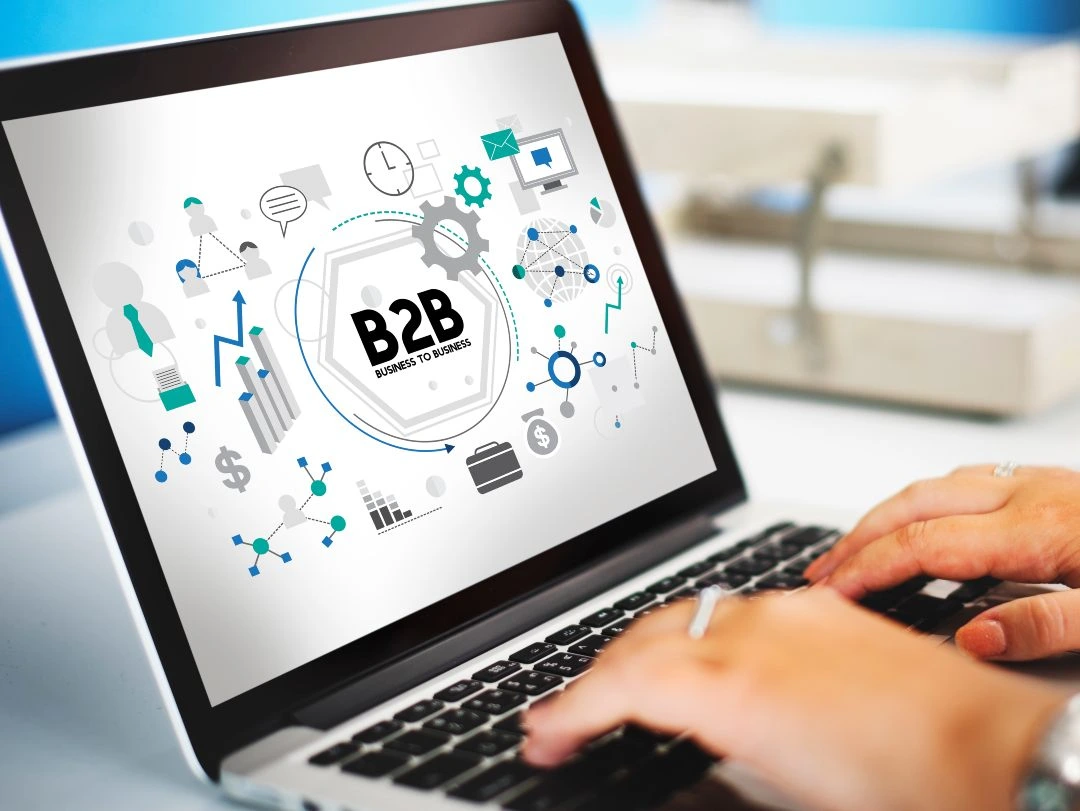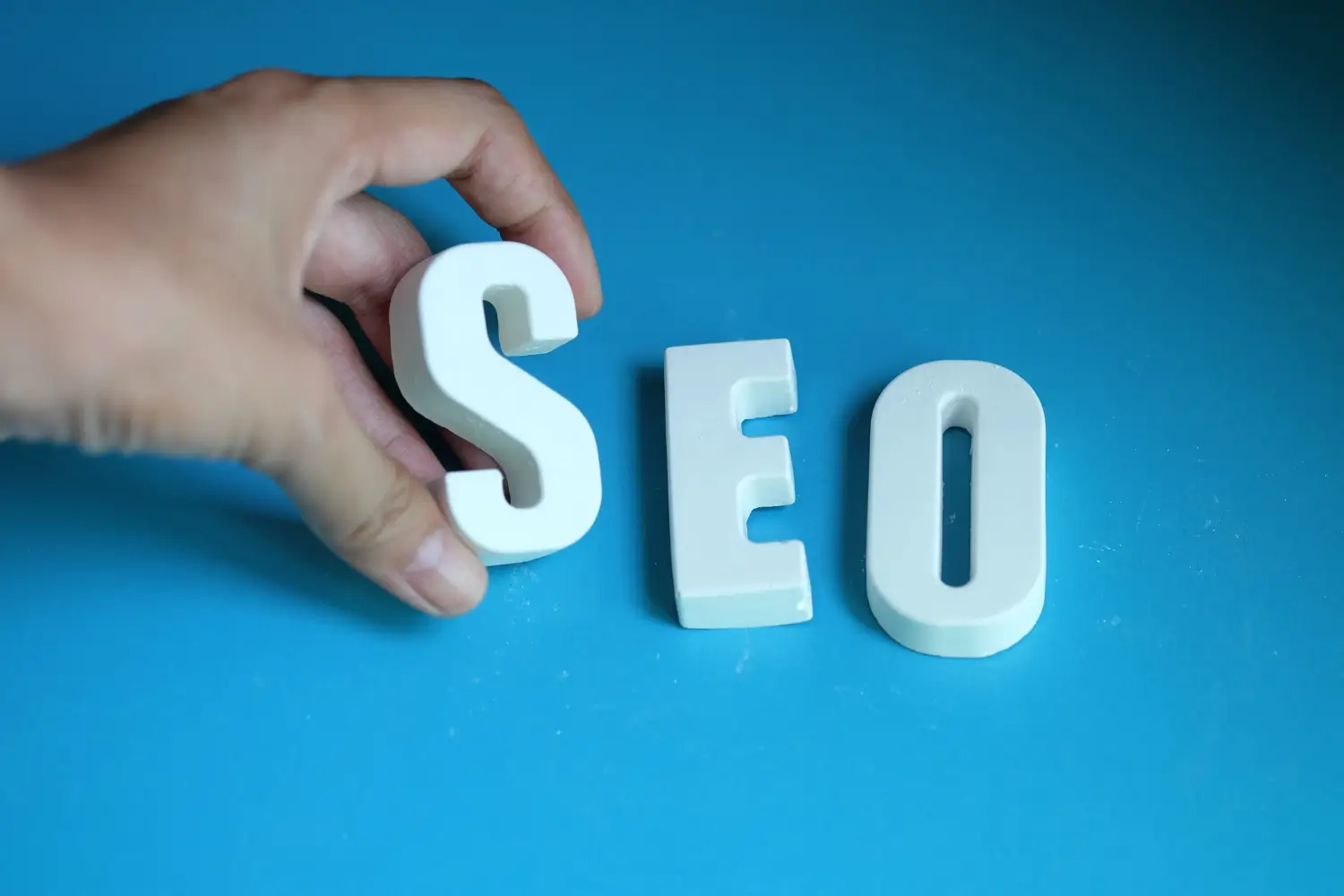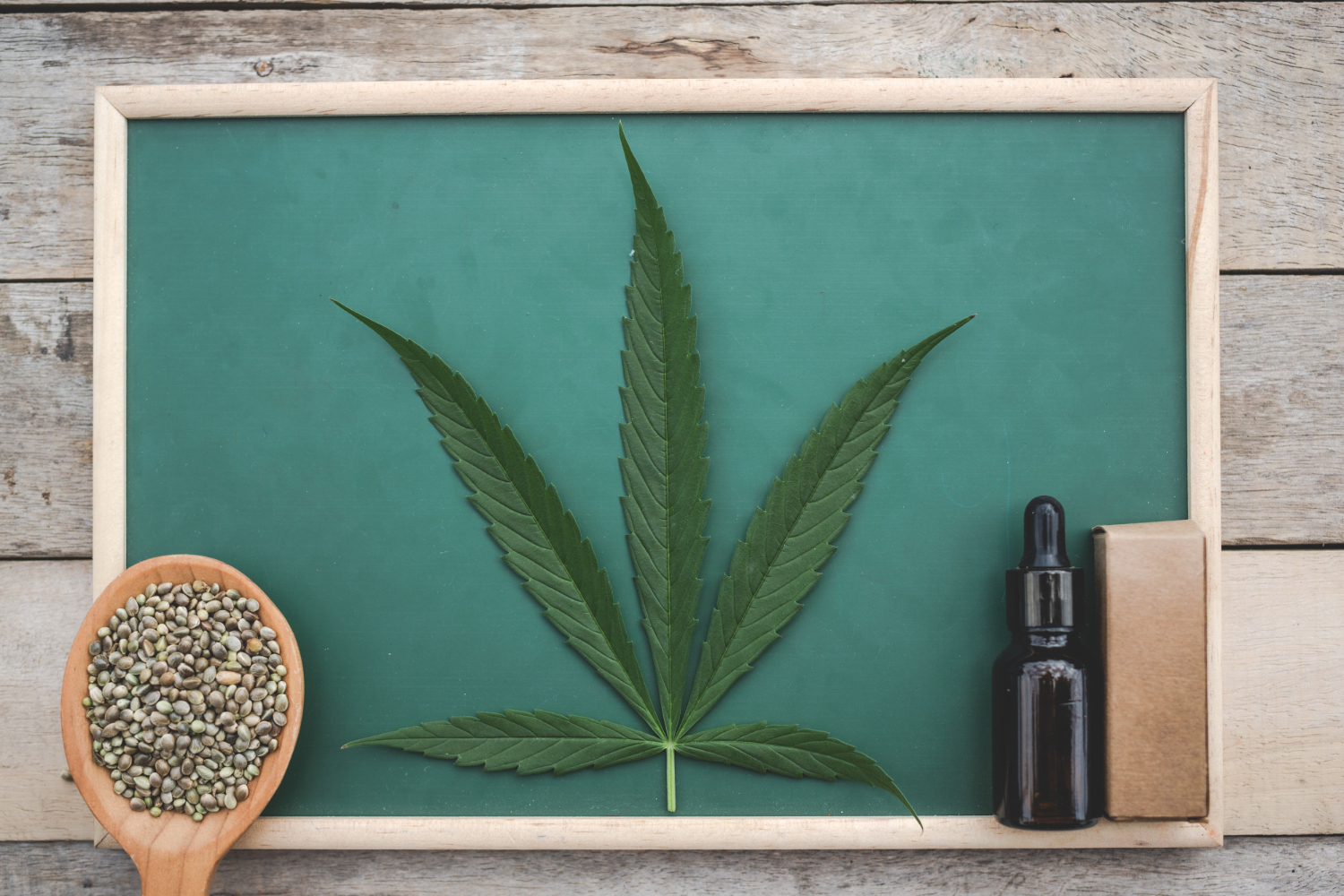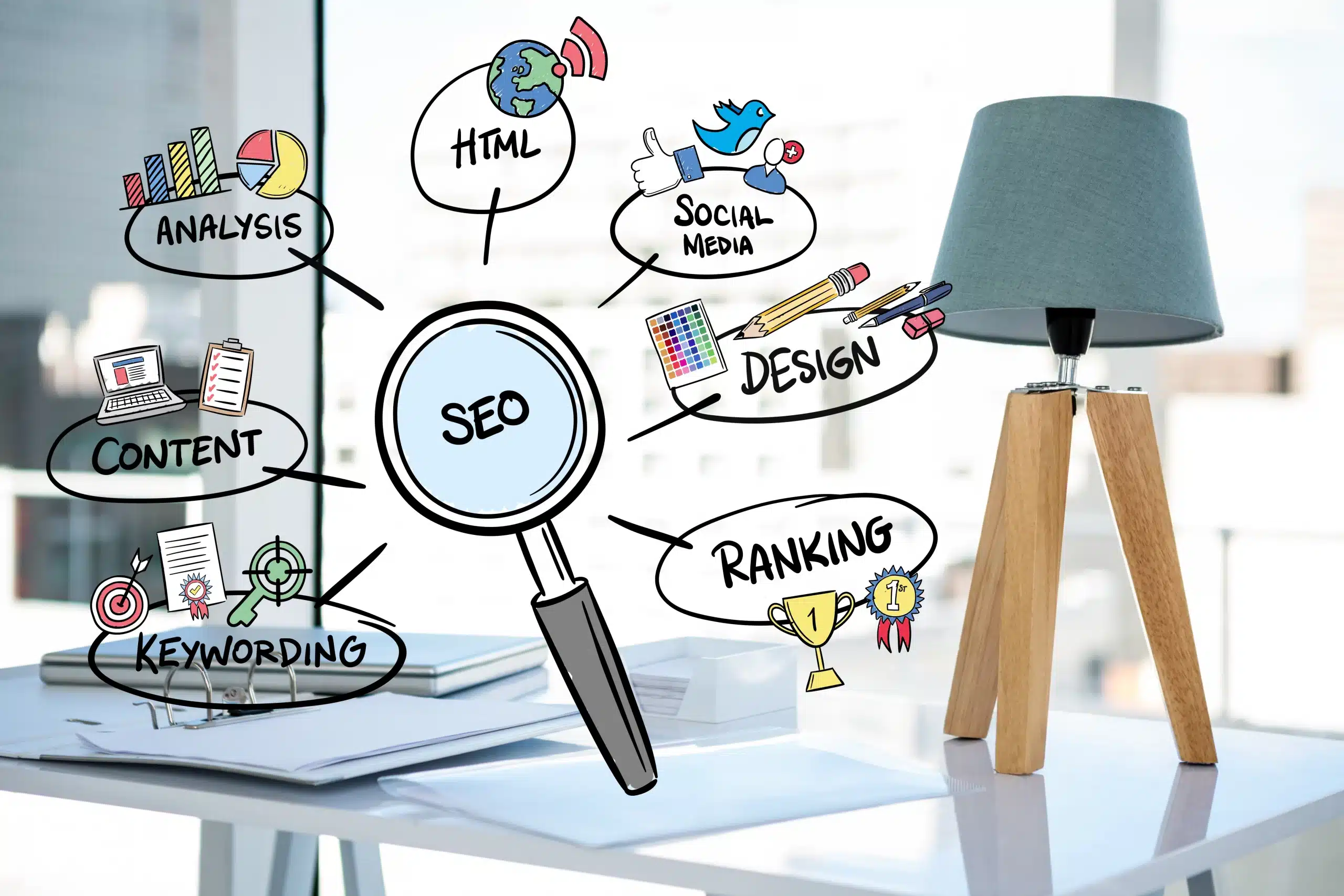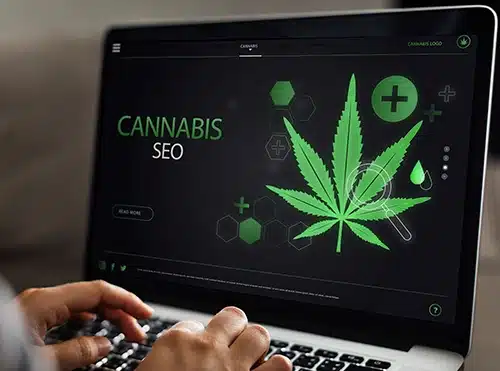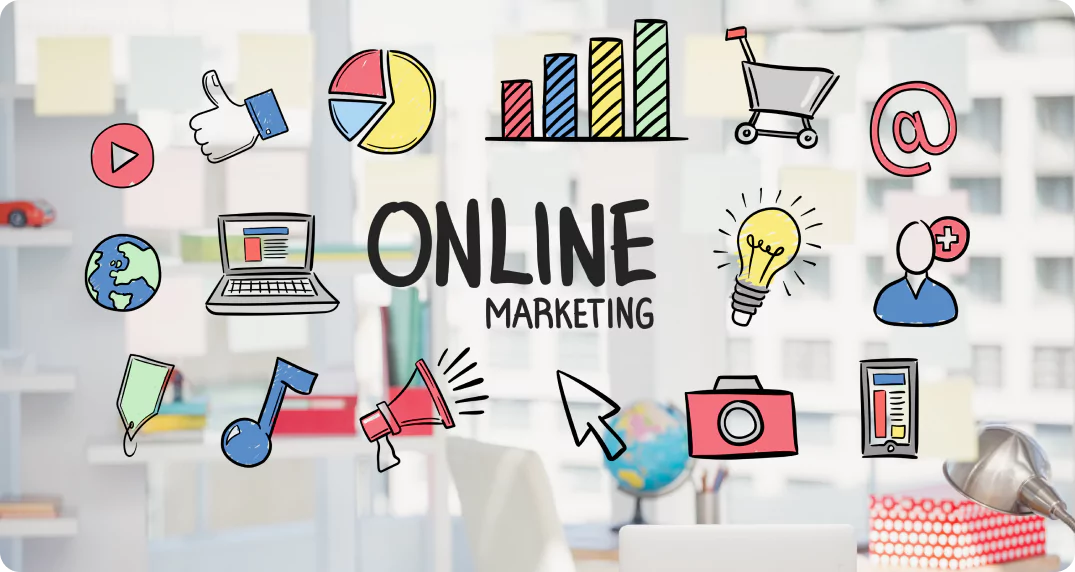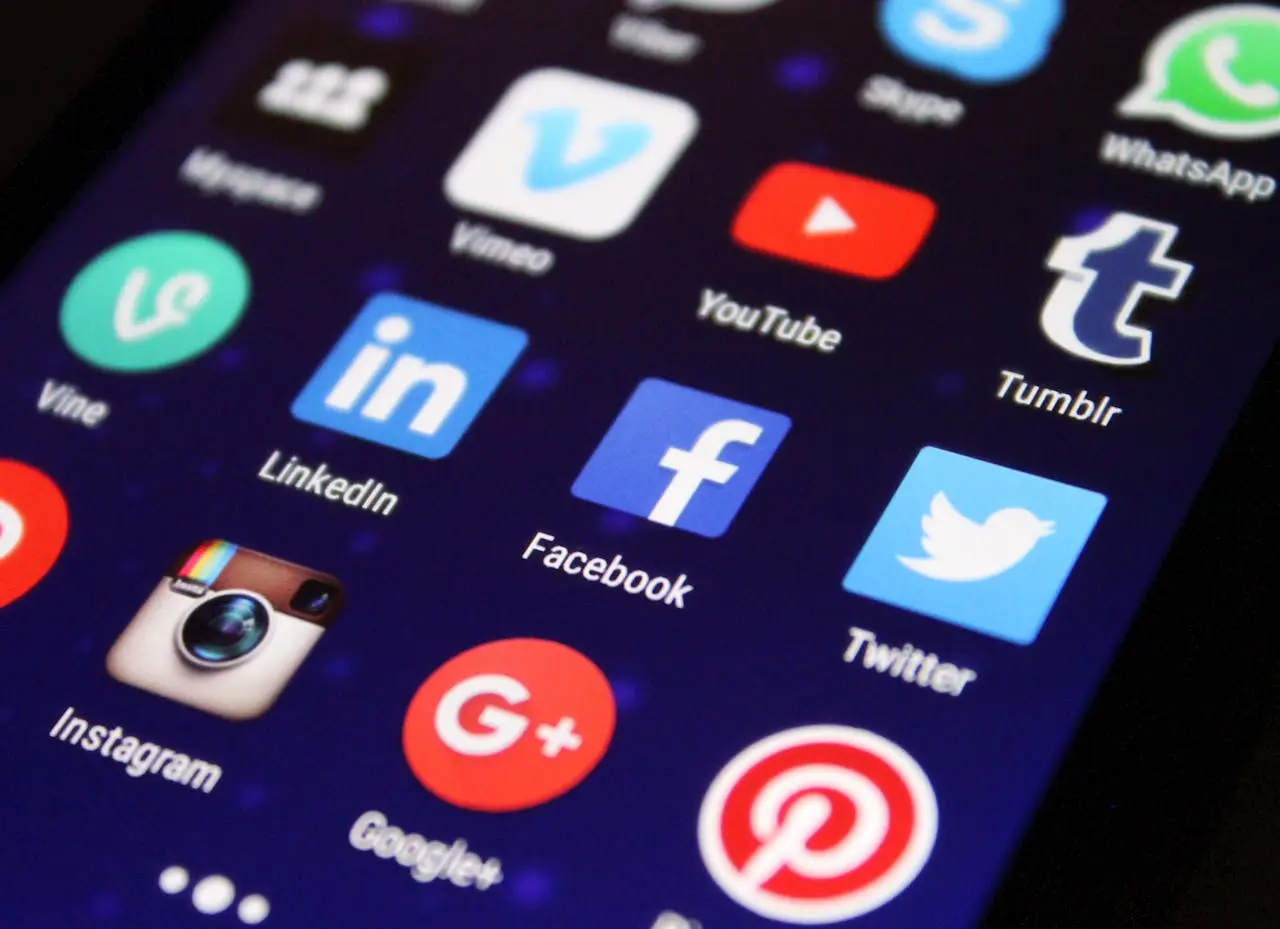Listen to article
How Mid-Funnel Campaigns Are Evolving in 2025
Are your mid-funnel (MOFU) campaigns ready for 2025? As B2B marketing evolves, so must your strategies for nurturing prospects. This article dives into the latest trends and statistics shaping effective MOFU campaigns and how to optimize them.
In 2025, B2B marketers need to adapt to continue to drive engagement and convert leads. This means embracing AI-driven automation (without sacrificing content quality), prioritizing thought leadership, and leveraging the power of platforms like LinkedIn.
However, it’s not just about adopting new technologies; it’s about addressing persistent challenges like content alignment, data integration, and resource limitations. Let’s look at how to navigate these complexities and maximize your pipeline impact with a data-driven mofu campaign strategy 2025.
Striking a Balance: Automation’s Edge and the Importance of Standout Content
As B2B marketing teams ramp up their investment in AI to unlock efficiencies, the differentiation dilemma remains front and center. With so many brands tapping into similar tools and workflows, the risk is that AI-generated content starts to blur together—making it harder than ever to win audience attention or foster genuine trust.
- 56% of B2B marketers plan to prioritize AI-powered automation, yet 43% admit their content fails to stand out from competitors.
- Only 4% of B2B marketers say they highly trust AI-generated content, revealing a gap between ambition and confidence in current technology.
- 67% express a medium level of trust in AI-driven outputs, while 28% have low trust, highlighting the cautious optimism that defines today’s adoption landscape.
This split mindset is telling: AI brings speed, but not always nuance or authenticity. The most successful marketers will resist the urge to let automation do all the heavy lifting—instead, they’ll harness AI to streamline research, personalize campaigns, and accelerate production, while doubling down on insights only humans can offer.
Pro Tip: Use AI to surface trends and automate repetitive tasks, but invest real time in crafting a distinct brand voice and point of view. Human editors and subject matter experts should always have the final say, ensuring your content isn’t just efficient—but also memorable and credible.
Harnessing AI for Smarter, More Personalized Mid-Funnel Campaigns
AI’s impact on B2B marketing is moving from experimentation to necessity, especially in the mid-funnel, where nurturing and qualifying leads can make or break sales opportunities. As buyers demand more relevant experiences and faster responses, marketing teams are turning to AI not just for efficiency, but to elevate the sophistication of their nurture strategies and keep pace with evolving expectations.
- The AI market in marketing is projected to exceed $107.5 billion by 2028, underlining just how central this technology is becoming to growth strategies and budget allocations. Source
- Half of B2B marketing leaders are already utilizing AI, with 75% likely to adopt generative AI for business promotion as the technology continues to influence advertising channels. Source
- 57% of B2B companies are using generative AI to accelerate content production, freeing up valuable resources to focus on strategy and relationship-building. Source
- In the U.S., 57% of B2B marketers have integrated AI-enabled chatbots into their demand generation programs, tapping into richer customer data and behavioral insights. Source
- Boosting productivity (76%) and improving customer engagement (52%) are the top drivers for adopting AI in B2B marketing. Source
- Among U.S. B2B marketers who have implemented chatbots, 26% report a 10-20% increase in lead generation—a tangible ROI for AI-powered automation. Source
- 41% of marketers are using generative AI to develop more innovative campaigns, while 35% leverage it to outpace competitors. Source
For B2B marketers, AI isn’t just about doing more with less—it’s about doing better. The real differentiator now lies in how teams use AI to uncover deeper buyer intent, personalize touchpoints on an individual level, and rapidly adapt messaging to match shifting market dynamics. Those who strategically implement AI across mid-funnel campaigns are seeing sharper performance and more qualified leads moving down the pipeline.
Pro Tip: Don’t try to overhaul your entire nurture program with AI all at once. Start by piloting AI in one area—such as automating follow-up sequences or audience segmentation—then use performance data to scale your efforts. Embrace a test-and-learn mindset to unlock the full personalization and efficiency potential of AI in your mid-funnel strategy.
Middle-Funnel Content Gets Smarter: The Rise of Thought Leadership
The battle for buyer attention at the middle of the funnel is more competitive than ever. B2B brands are shifting away from generic gated assets and doubling down on insightful, authoritative content that sets them apart as industry leaders. Rather than flooding prospects with product specs, smart marketers are crafting thought leadership that educates and earns trust—a move that resonates with today’s research-driven decision-makers.
- 56% of B2B marketers plan to ramp up their production of blog posts and thought leadership articles in the near future (LinkedIn B2B Benchmark 2024 Report.
In an environment where buyers are increasingly skeptical and self-educate before reaching out, authoritative content is your differentiator. The brands that stand out are those who articulate a clear point of view, challenge prevailing assumptions, and offer concrete guidance, not recycled insights. Thought leadership isn’t just about adding more noise—it’s about shaping the conversations that matter most to your audience.
Pro Tip: Invest in research-backed, original content with a compelling perspective. Invite subject matter experts to weigh in on industry trends, share unique case studies, or publish proprietary data. This approach positions your business as a go-to resource for your buyers and turns middle-funnel engagement into real pipeline momentum.
Maximizing Email Campaigns and Marketing Automation for Enhanced MOFU Engagement
Email marketing and marketing automation are powerful tools for nurturing prospects in the middle of the funnel. However, many marketers are not fully leveraging these technologies to their potential. Consider the following insights:
- While 55% of marketers utilize emails to drive sales, only 44% leverage them for lifecycle marketing objectives, highlighting an underutilization of email’s potential for nurturing customers throughout their journey. Source
- A substantial 41% of B2B businesses report that they are not fully capitalizing on their marketing automation systems, suggesting a need for better strategy and implementation to enhance MOFU engagement. Source
These statistics reveal significant opportunities for marketers to improve their MOFU engagement by optimizing their email campaigns and marketing automation strategies. By focusing on lifecycle marketing and ensuring effective implementation of automation tools, marketers can create more personalized and targeted experiences for prospects. Pro Tip: Segment your audience and tailor your email content to address their specific needs and interests at each stage of the funnel.
Bridging the Disconnect: Closing Omnichannel Gaps in the MOFU Journey
As brands compete for attention in a crowded landscape, the real competitive edge lies in how seamlessly you guide prospects through mid-funnel (MOFU) experiences. Yet, even the most seasoned marketing leaders face a stubborn obstacle—the struggle to create true continuity for buyers navigating between channels. Despite investments in martech stacks and data integrations, many organizations still fall short of delivering the unified journey modern customers expect.
- Only 27% of senior marketers believe their omnichannel journeys are truly well-aligned, highlighting widespread disconnects that can disrupt customer engagement and slow down conversions. Source
This disconnect doesn’t just create internal headaches—it risks frustrating potential buyers and leaking valuable leads mid-funnel. To rise above the competition, marketers need to shift from channel-centric campaigns to a holistic, customer-first approach. That means mapping the real-life paths buyers take, unifying data sources, and ensuring consistent messaging at every touchpoint. The brands that succeed here won’t just plug leaks—they’ll accelerate deal velocity and build lasting loyalty.
Pro Tip: Go beyond surface-level checks. Interview customers about their buying experience, shadow their actual journeys, and use customer journey analytics tools to uncover friction points you might miss internally—then prioritize action based on revenue impact, not just quick wins.
For businesses looking to enhance their mid-funnel strategy while juggling multiple channels, considering full-service marketing solutions can provide the necessary expertise and tools to align campaigns and unify messaging. This approach ensures a more cohesive strategy that supports customer-first marketing, helping brands close omnichannel gaps effectively.
Unlocking MOFU Campaign Success Through Smarter Data Practices
As MOFU campaigns become more sophisticated, the true competitive edge lies not in amassing more data, but in how skillfully marketers interpret and act on it. With a seemingly endless flow of performance metrics and attribution models, the challenge has shifted from scarcity of insights to curating actionable intelligence. Those who can efficiently connect the dots between data sources and uncover meaningful signals will set the pace for campaign optimization and strategic alignment.
- Website engagement (69%) stands out as the most used metric for B2B content performance, closely followed by conversions (67%), website traffic (65%), and email engagement (64%). Source
- B2B marketers utilize an average of 18 data sources for reporting purposes, highlighting the complexity of modern marketing measurement. Source
- A notable 82% of marketers feel they possess the necessary data to effectively communicate marketing impact to C-suite executives. Source
- However, only 26% of marketers believe that data insights significantly boost their marketing ROI. Source
- Data integration remains a challenge, as only one in four marketers report full integration of their marketing data with other essential tools. Source
- Data quality is also a concern, with only 65% of marketers reporting high-quality data on their target audience, while 14% face challenges related to low-quality data. Source
With so many touchpoints and analytics platforms at play, the real differentiator is not the possession of data, but the orchestration and application of it. The gulf between having information and harnessing it for tangible ROI is still wide, underscoring the urgent need for more seamless integration and rigorous data hygiene. Marketers who prioritize clean, unified data streams and sharpen their analytical acumen will be best positioned to transform MOFU performance from guesswork to science.
Pro Tip: Go beyond dashboard monitoring—establish regular data audits, and invest in advanced integration platforms that centralize and standardize disparate sources. Equip your team with data literacy training so insights are translated into strategy, not just reports. This will help turn data from a reporting requirement into a true driver of mid-funnel growth.
Navigating Obstacles: Content, Tech, and Team Dynamics in the B2B Mid-Funnel
B2B marketers are expected to drive measurable results, integrate new technologies, and deliver the right message at the perfect moment—all within the realities of limited teams and budgets. While content-targeting capabilities are improving, persistent pain points around tech adoption and interdepartmental alignment continue to stifle the full potential of mid-funnel campaigns. For organizations looking to mature their MOFU strategy in 2025, addressing these core obstacles is more than just a checkbox—it’s foundational for scalable success.
- 47% of B2B marketers say that measuring the results of content efforts is one of their biggest hurdles.
- Aligning content with the buyer’s journey still trips up 45% of B2B marketers, highlighting how nuanced audience understanding remains a challenge. Source
- Only 26% feel their organization has the right technology to manage content effectively, down from 31% last year—indicating tech stack expectations are rising faster than adoption.
- Encouragingly, the proportion of marketers struggling to create the right content for their audience dropped from 57% to 40% over the past year, signaling that smarter targeting and better buyer research are making an impact.
- 58% of marketers cite a lack of resources—whether budget, bandwidth, or skill sets—as a top barrier.
- Sales and marketing misalignment plagues 45% of teams, limiting campaign cohesion and lead conversion.
- 34% struggle to keep up with emerging technologies like AI—reflecting both excitement and confusion around the digital tool landscape.
- A lack of a well-defined strategy hinders 25% of marketers, underscoring the importance of clear vision and roadmap.
The current B2B marketing environment demands more than simply keeping pace—it rewards teams who actively break down silos, upskill around tech, and embrace adaptive, data-driven strategies. The drop in content targeting challenges proves that incremental progress is possible, even as new complexities emerge. Marketers who invest in orchestration platforms, analytics integrations, and collaborative planning have a distinct edge in turning these hurdles into competitive advantages.
Pro Tip: Bridge the gap between strategy and execution by establishing regular cross-functional syncs between sales and marketing, and empower both teams with unified dashboards that track performance throughout the buyer’s journey. This creates transparency, accelerates alignment, and amplifies the impact of your MOFU campaigns. By adopting a cohesive B2B website strategy, marketers can also ensure their mid-funnel efforts align with their overall digital goals, driving conversions and fostering scalability.
Pinpointing Where B2B Content Marketing Falls Short—and Why It Matters
Despite growing budgets and a flood of new channels, most B2B organizations remain stuck in the early or intermediate stages of content marketing maturity. This isn’t just a sign of being “behind”—it’s a missed opportunity to turn content into a true revenue driver, especially when nurturing leads stuck in the mid-funnel. Understanding where your organization sits on the maturity curve is essential for building campaigns that resonate, adapt, and actually prove ROI.
- Just 9% of B2B marketers boast a fully sophisticated content marketing program, operating with organization-wide scalability and precise measurement. Source
- 25% describe their approach as mature, finding success but still wrestling with integrating content efforts across teams. Source
- 31% identify as adolescents—they’ve seen initial wins and are growing skills in measurement and scaling, but haven’t reached full maturity. Source
- Another 25% remain at the “young” stage, grappling with strategy creation and measurement growing pains. Source
- For 9%, content marketing is brand new, and there’s not even a repeatable process in place yet. Source
What’s clear is that, even as industry leaders push for sophisticated, data-driven content, most B2B teams are still perfecting the basics. This opens the door for forward-thinking marketers to leapfrog the competition by prioritizing cross-team collaboration, advanced analytics, and scalable practices. Investing in upskilling, interoperability between departments, and crystal-clear measurement frameworks will pay dividends as content marketing’s role in the B2B sales cycle only grows.
Pro Tip: Don’t just chase flashy tactics—ground your MOFU campaigns in a unified content strategy built around measurable business objectives. Revisit your processes, involve key stakeholders outside of marketing, and make sure you’re tracking the metrics that actually matter for mid-funnel progression.
LinkedIn’s Growing Influence in B2B Mid-Funnel Engagement
With buying committees expanding and decision-making cycles stretching longer, B2B brands require channels that not only reach their audiences, but foster genuine trust and nurture prospects over time. Enter LinkedIn—a platform not just for top-of-funnel lead gen, but a burgeoning powerhouse for mid-funnel (MOFU) strategies. Enhanced targeting capabilities and new ad formats are opening up rich opportunities for brands to build stronger relationships and guide prospects through the consideration phase.
- LinkedIn’s overall ad revenues are projected to grow by 12.7% in 2025, reaching $5.09 billion https://forecasts-na1.emarketer.com/59137e08aeb8830e3829e412/60f5b13971caa80874f2411b).
- B2B display ad revenues on LinkedIn are also set to increase by 12.5% in 2025, totaling $4.73 billion https://forecasts-na1.emarketer.com/59137e08aeb8830e3829e412/60f5b13971caa80874f2411b).
These projections signal more than just steady growth—they highlight LinkedIn’s role as the default ecosystem where professional audiences actively seek solutions, share expertise, and evaluate vendors. As budgets shift toward platforms demonstrating measurable impact, marketers who craft relevant, insight-driven MOFU experiences on LinkedIn can expect to see stronger pipeline velocity and more meaningful buyer engagement.
Pro Tip: Move beyond basic sponsored posts by experimenting with Conversation Ads and Document Ads—formats that encourage dialogue, foster content downloads, and drive real interaction. Pair these with tailored audience segments to ensure your messaging supports each stage of the buyer’s journey for maximum relevance and influence.
New Challenges in the B2B Purchase Cycle: What’s Really Driving Longer Decisions?
The days of straightforward B2B transactions are long gone. With the market facing greater scrutiny from finance teams and decision-makers, selling to businesses now means navigating a web of internal reviews, shifting priorities, and ever-tighter budget approvals. As this landscape grows more nuanced, marketers must become more strategic—anticipating obstacles before prospects even raise them.
- 41% of B2B buyers are conducting more detailed ROI analysis before making a purchase, showing the demand for hard data and measurable value in every proposal.
- 34% of B2B buyers are experiencing budget freezes, putting deals on hold and forcing vendors to advocate for urgency and flexibility.
- 26% of B2B buyers report that more people are now involved in the decision-making process, complicating alignment and consensus within buying committees.
What does this mean for marketers? Relying on old playbooks won’t cut it. The most successful teams are those who anticipate slowdowns, equip champions with ROI calculators, and build personalized experiences that resonate across roles—not just with one key contact. Addressing objections proactively and fostering cross-departmental buy-in can shave critical days or even weeks from the buying cycle.
Pro Tip: Don’t just provide information—become a strategic partner. Offer mid-funnel content like bespoke ROI models, peer success stories, and interactive workshops to demonstrate clear business value and help your champion build the internal business case. By empowering buyers to advocate internally, you ease their path to purchase and stand out in a crowded field.
Maximizing Pipeline Impact Through Effective MOFU Strategies
MOFU strategies significantly enhance pipeline quality and velocity, demonstrating a strong return on investment. Content marketing and SEO play critical roles in generating leads and driving revenue for B2B companies.
- Companies that effectively use content marketing can see up to a 400% growth in lead generation.
- Content marketing is three times more effective at generating leads compared to traditional marketing methods, with longer-lasting effects.
- B2B companies generate twice as much revenue from organic search compared to other marketing channels by capturing prospects and generating leads from their websites.
- 57% of B2B marketers report that SEO generates more leads than any other marketing initiative.
- Despite their effectiveness, only 22% of marketers currently run MOFU-specific campaigns, even though these campaigns drive nearly half of the pipeline.
Investing in MOFU campaigns, content marketing, and SEO can significantly boost lead generation and revenue for B2B companies. Despite the proven benefits, many marketers underutilize MOFU-specific strategies, missing out on substantial pipeline opportunities. By focusing on these strategies, businesses can improve their lead generation, increase revenue, and gain a competitive edge in the B2B market.
Conclusion
As the B2B marketing landscape continues to evolve in 2025, mid-funnel (MOFU) campaigns stand at the intersection of innovation and strategy. From leveraging AI to streamline personalization, to creating thought leadership content that builds authority, and optimizing email campaigns for engagement, the opportunities to refine MOFU strategies are abundant. However, with these opportunities come challenges—whether it’s addressing content alignment gaps, fully integrating data systems, or navigating the complexities of extended purchasing cycles. The key to success lies in balancing technology with creativity, aligning cross-channel efforts, and continuously optimizing based on data-driven insights.
What’s clear is that MOFU campaigns are no longer an optional phase of the funnel—they are a critical driver of lead nurturing, pipeline quality, and ultimately, revenue growth. By prioritizing robust strategies such as content marketing, targeted email automation, and omnichannel coherence, B2B marketers can position themselves to stand out in an increasingly competitive market.
If you’re ready to supercharge your business, don’t hesitate to get in touch with our full-service marketing pros for a free quote. Let us help you craft MOFU campaigns that not only engage but convert, ensuring you stay ahead in 2025 and beyond.












